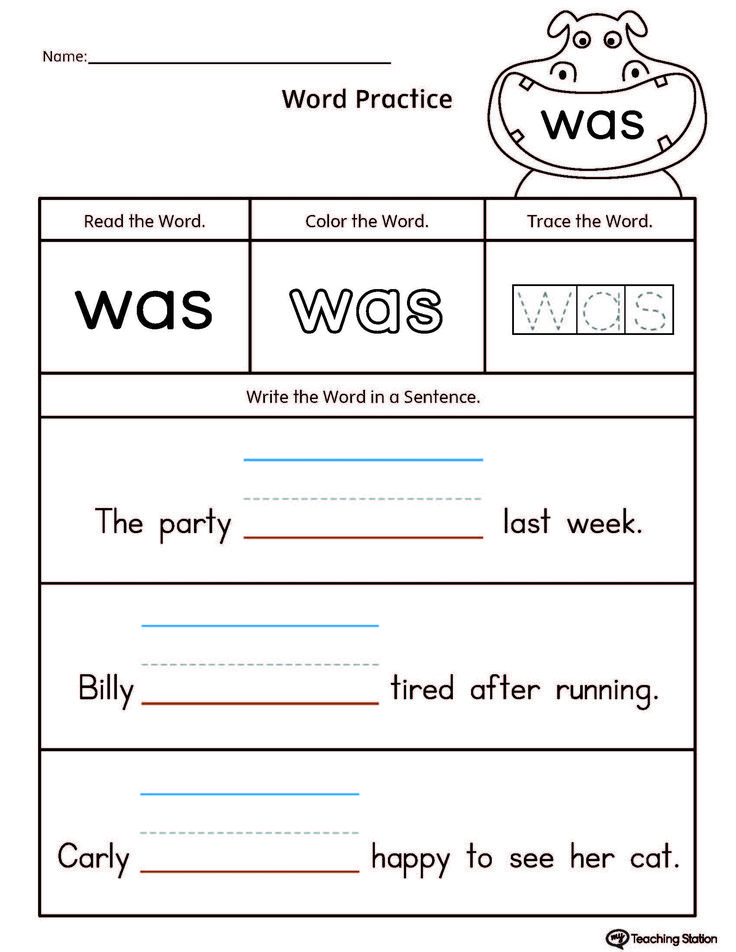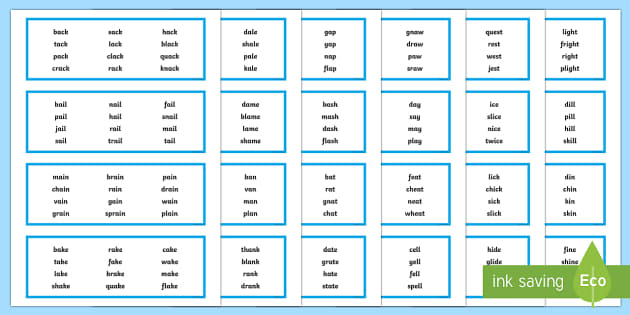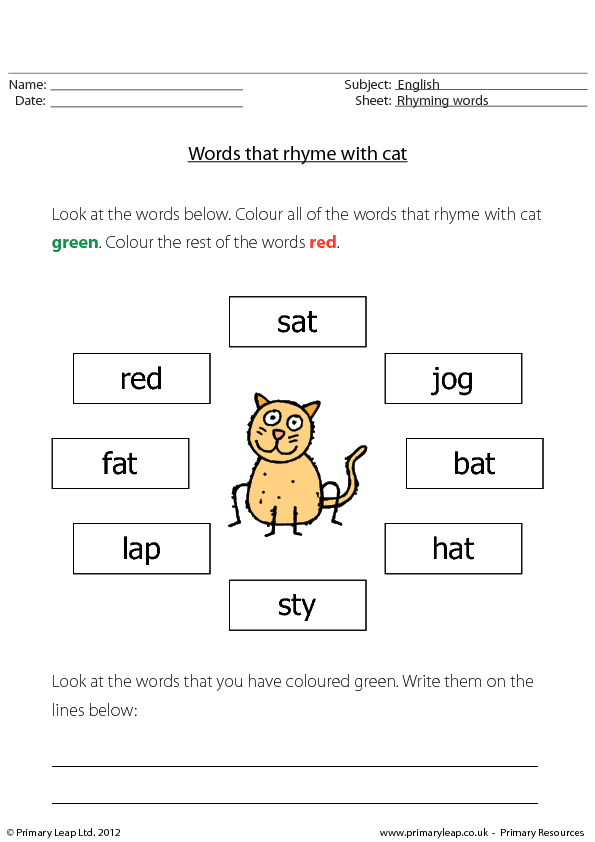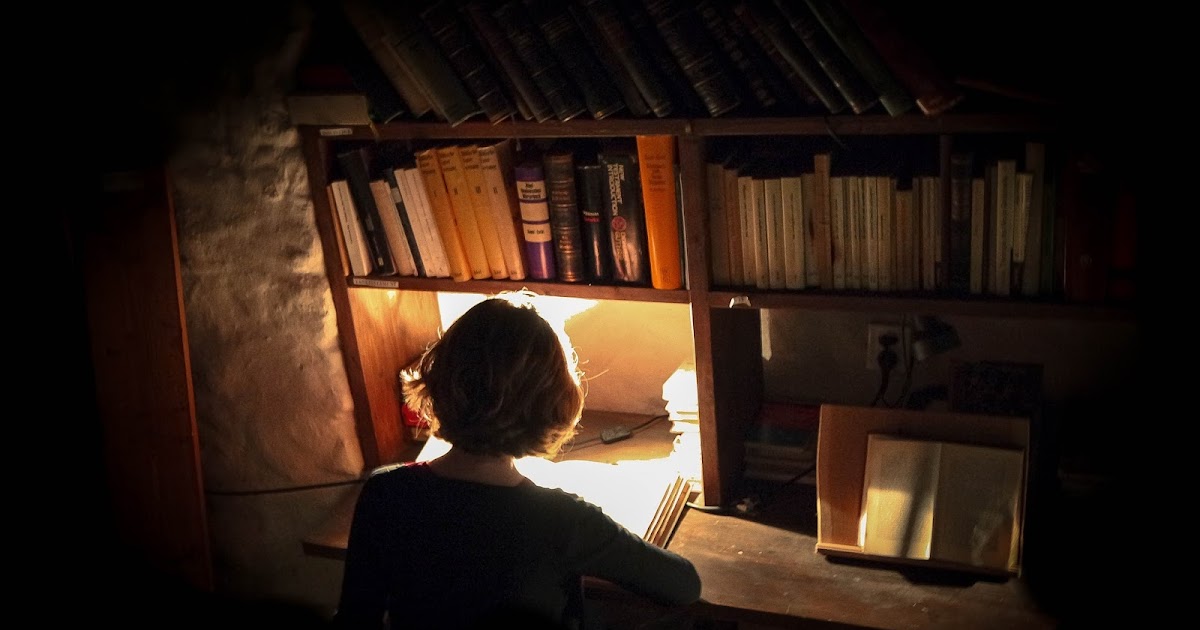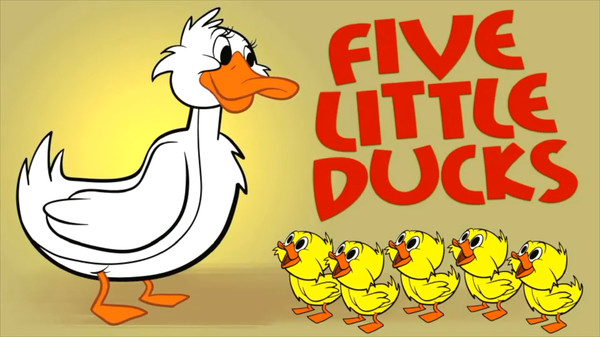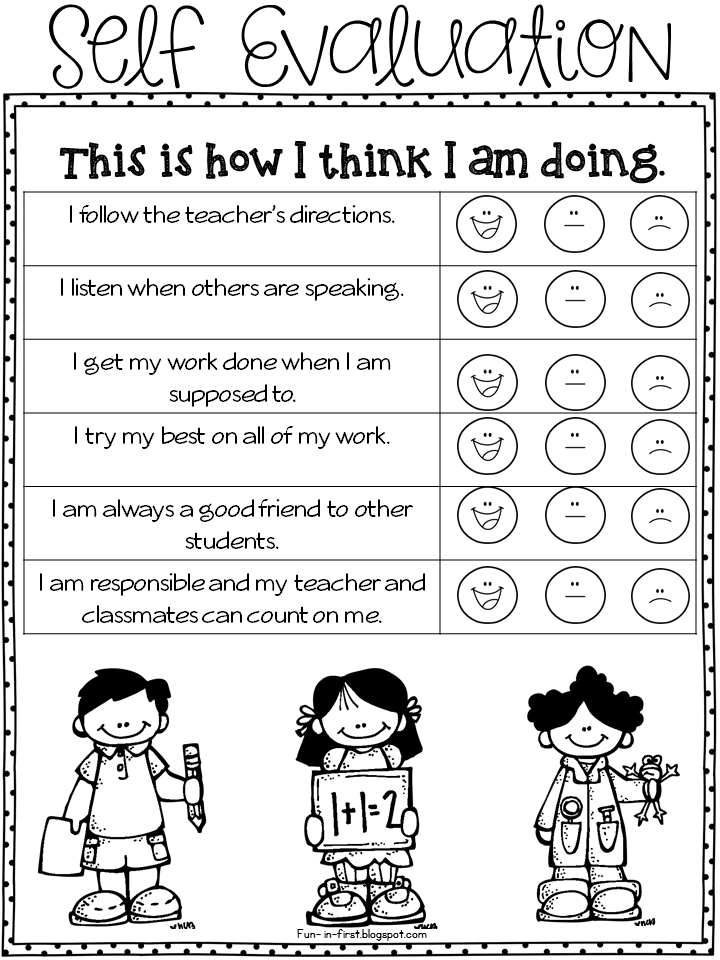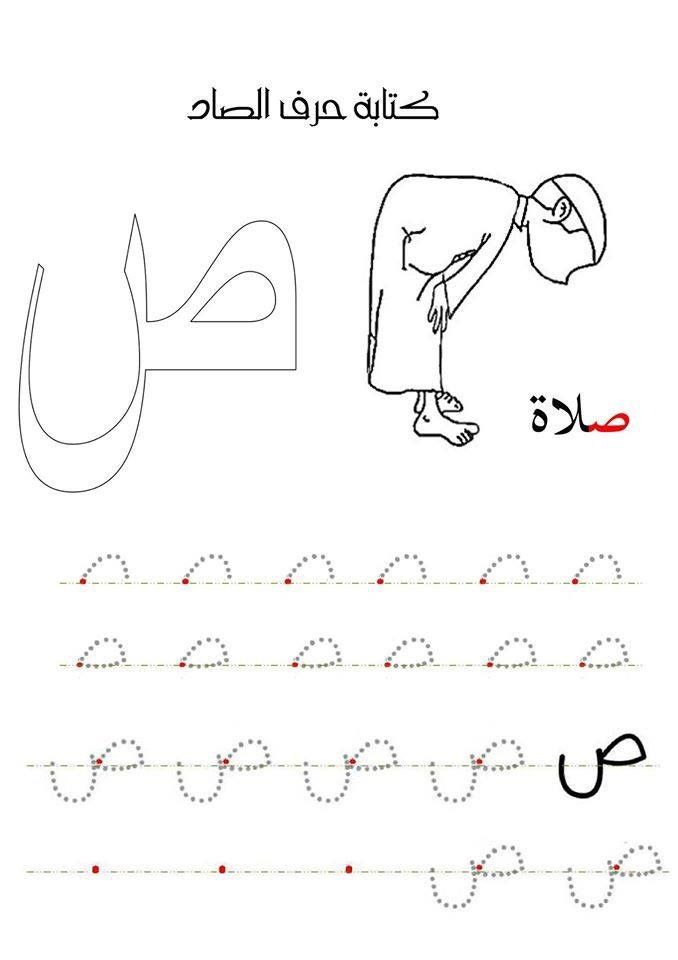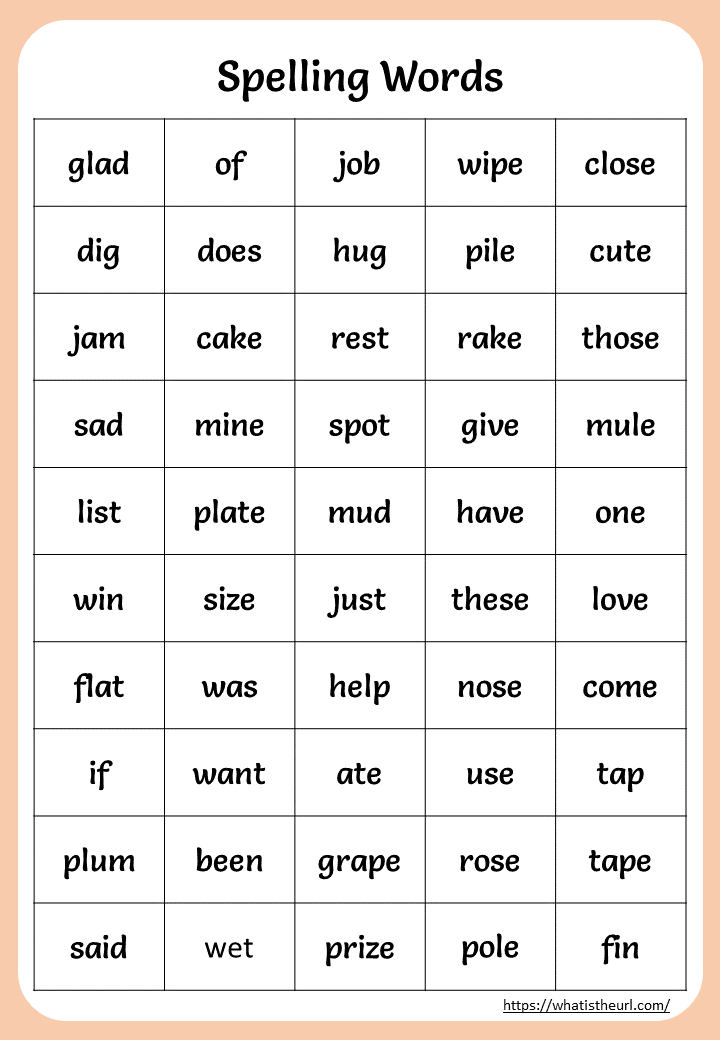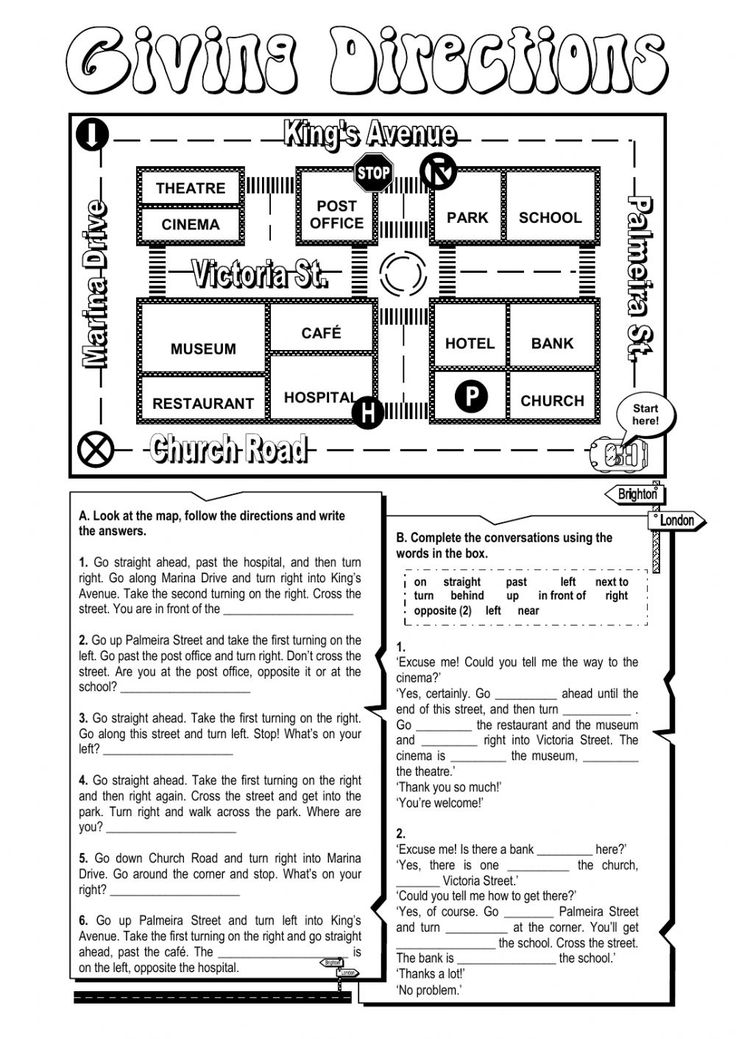Sight word too
Top 100 Sight Words and How to Teach Them
Sight words is a common term in reading that has a variety of meanings. When it is applied to early reading instruction, it typically refers to the set of about 100 words that keeps reappearing on almost any page of text. “Who, the, he, were, does, their, me, be” are a few examples.
In addition to their being very frequent, many of these words cannot be “sounded out.” Children are expected to learn them by sight (that is, by looking at them and recognizing them, without any attempt to sound them out.)
Unfortunately, this means minimal teaching. Often, little is done other than to show the word and tell the child what it is “saying.” For many children, this is not enough, with the result that their reading of these critical words is laden with error.
What does this mean for parents who are helping their children master reading? Basically it means spending some time in truly teaching these words so that your child gains real mastery of them. The key to achieving this goal is accurate writing (spelling)—via memory. That is, the child writes the word when the model is not in view.
You can do this by creating simple sentences that the child reads. (By using sentences, you will automatically be using many “sight words.” In addition, you will be giving your child the opportunity to deal with words in context—a key to meaningful reading) After showing the sentence and having your child read it, turn it over and then dictate the sentence. If there is an error, you immediately stop your child and take away the paper. Then you show the model again and repeat the process. In other words, the writing of the sentence has to be fully accurate, starting with the first word.
If you want a list of those words to help guide your efforts, here is the top 100 according to the American Heritage Word Frequency Book by John B. Carroll.
A: a, an, at, are, as, at, and, all, about, after
B: be, by, but, been
C: can, could, called
D: did, down, do
E: each
F: from, first, find, for
H: he, his, had, how, has, her, have, him
I: in, I, if, into, is, it, its
J: just
K: know
L: like, long, little
M: my, made, may, make, more, many, most,
N: not, no, now
O: or, one, of, out, other, over, only, on
P: people
S: said, she, some, so, see
T: the, to, they, this, there, them, then, these, two, time, than, that, their
U: up, use
V: very
W: was, with, what, were, when, we, which, will, would, words, where, water, who, way
Y: you, your
Click here to download our Recommended Top 100 Sight Words.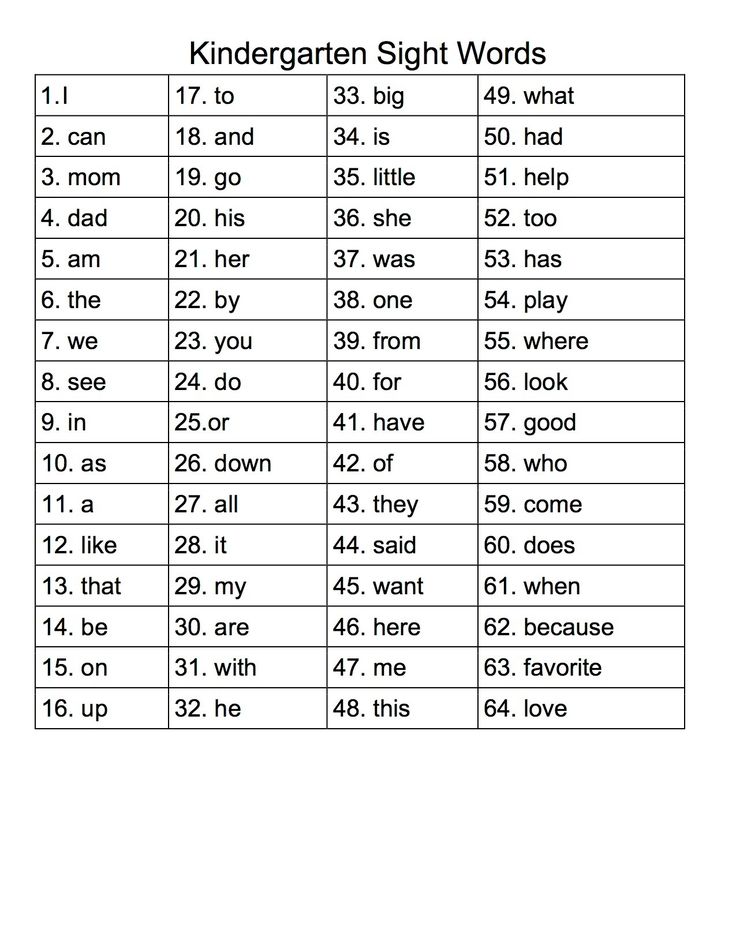
Literacy and reading expert, Dr. Marion Blank
Dr. Marion Blank is answering your questions about reading and learning. If you have a question for Dr. Marion, visit the Reading Kingdom Facebook Page and let us know how we can help.
If you think the Reading Kingdom program can help your children learn to read, enjoy a free, 30-day trial here.
Practice the Sight Word: too Game - ELA Games
Practice the Sight Word: too Game - ELA Games - SplashLearnHome > Games > ELA Games > Practice the Sight Word: too Game
Put your language skills to the test by learning to practice the sight word: too.
Play game
Assign to class
SUBJECTS & TOPICS
Know more about Practice the Sight Word: too Game
Sure that your child knows the sight word too well? Play this exciting game that runs in a timed fashion to test their knowledge of the word too.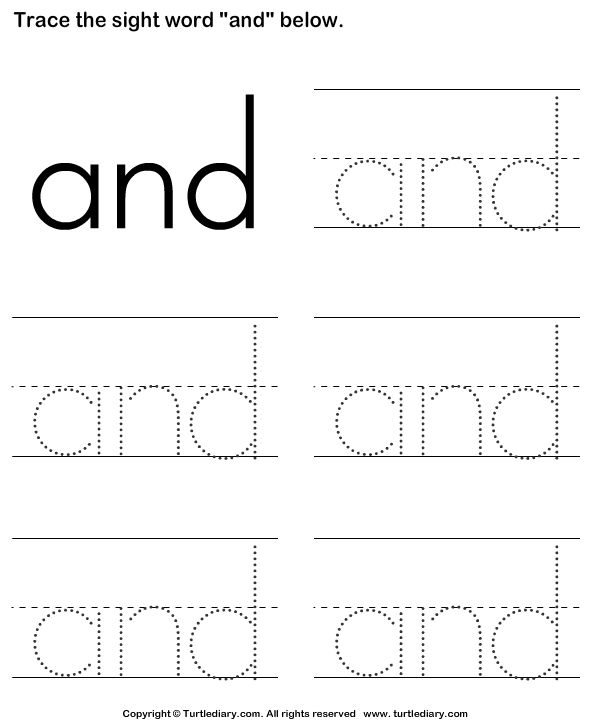
Explore Amazing Games on All Sight Words
View all 975 Games
-
Reading
Learn the Sight Word: I Game
Help your child practice english by learning the sight word: I.
Pre-K
K
VIEW DETAILS
-
Reading
Sound of the Sight Word: I Game
Practice the sound of the sight word: I.
Pre-K
K
VIEW DETAILS
-
Reading
Practice the Sight Word: I Game
Polish your language skills by practicing the sight word: I.
Pre-K
K
VIEW DETAILS
-
Reading
Learn the Sight Word: a Game
Help your child practice english by learning the sight word: a.
Pre-K
K
VIEW DETAILS
-
Reading
Sound of the Sight Word: a Game
Practice the sound of the sight word: a.
Pre-K
K
VIEW DETAILS
-
Reading
Practice the Sight Word: a Game
Polish your language skills by practicing the sight word: a.
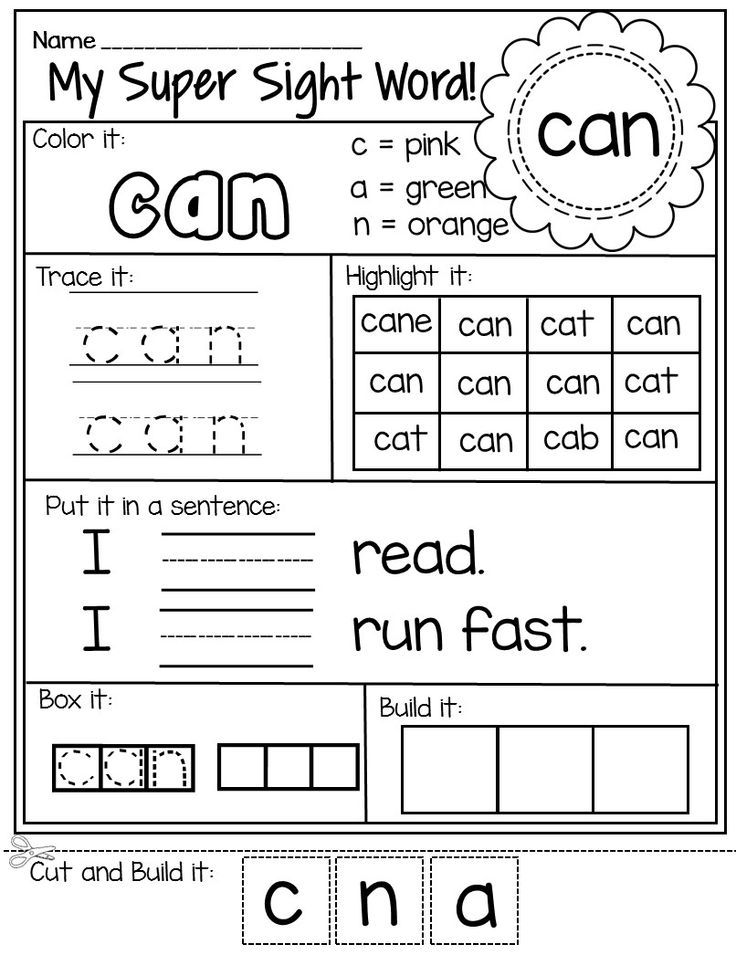
Pre-K
K
VIEW DETAILS
-
Reading
Learn the Sight Word: the Game
Help your child practice english by learning the sight word: the.
Pre-K
K
VIEW DETAILS
-
Reading
Sound of the Sight Word: the Game
Introduce your child to the sound of the sight word: the.
Pre-K
K
VIEW DETAILS
-
Reading
Practice the Sight Word: the Game
Polish your language skills by practicing the sight word: the.
Pre-K
K
VIEW DETAILS
-
Reading
Learn the Sight Word: and Game
Help your child practice english by learning the sight word: and.
Pre-K
K
VIEW DETAILS
-
Reading
Sound of the Sight Word: and Game
Introduce your child to the sound of the sight word: and.
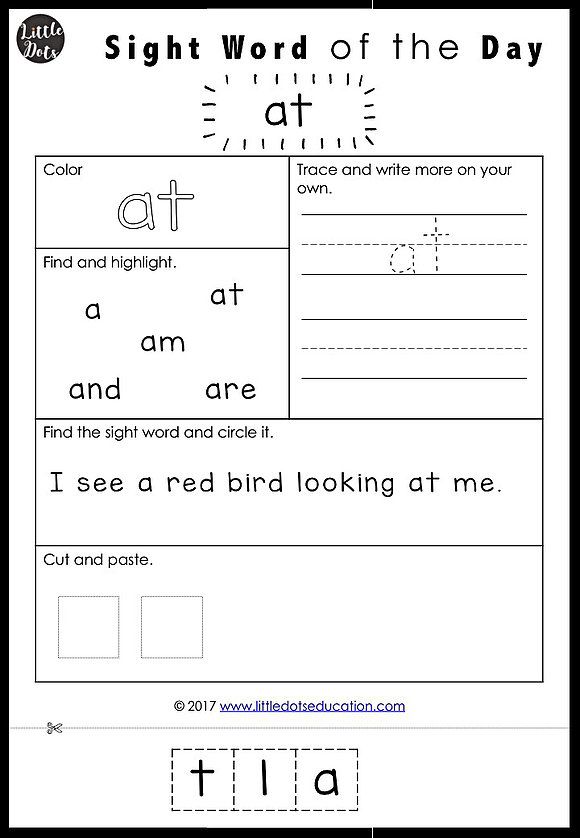
Pre-K
K
VIEW DETAILS
-
Reading
Practice the Sight Word: and Game
Polish your language skills by practicing the sight word: and.
Pre-K
K
VIEW DETAILS
-
Reading
Learn the Sight Word: it Game
Help your child practice english by learning the sight word: it.
Pre-K
K
VIEW DETAILS
-
Reading
Sound of the Sight Word: it Game
Introduce your child to the sound of the sight word: it.
Pre-K
K
VIEW DETAILS
-
Reading
Practice the Sight Word: it Game
Polish your language skills by practicing the sight word: it.
Pre-K
K
VIEW DETAILS
Discover Fun Games on Sight Words
View all 975 Games
-
Reading
Can You Find the Uppercase Letter A? Game
To play this game, find the uppercase letter A.
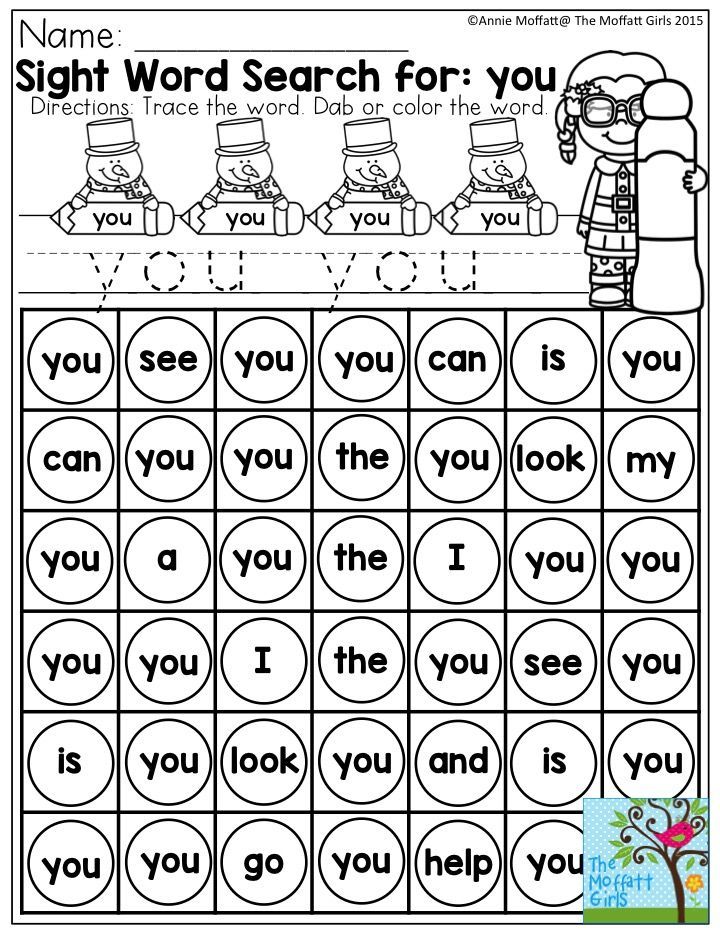
Pre-K
K
VIEW DETAILS
-
Reading
Can You Find the Lowercase Letter a? Game
To play this game, find the lowercase letter a.
Pre-K
K
VIEW DETAILS
-
Reading
Learn the Letters: Big A Game
Put your language skills to the test by learning the letter: Big A.
VIEW DETAILS
-
Reading
Practice the Letters: Big A Game
Kids must practice the letter: Big A.
VIEW DETAILS
-
Reading
Learn the Letters: Small a Game
Put your language skills to the test by learning the letter: Small a.
VIEW DETAILS
-
Reading
Practice the Letters: Small a Game
Put your language skills to the test by practicing the letter: Small a.
VIEW DETAILS
-
Reading
Match Big and Small A Game
Put your language skills to the test by learning to match big and small A.
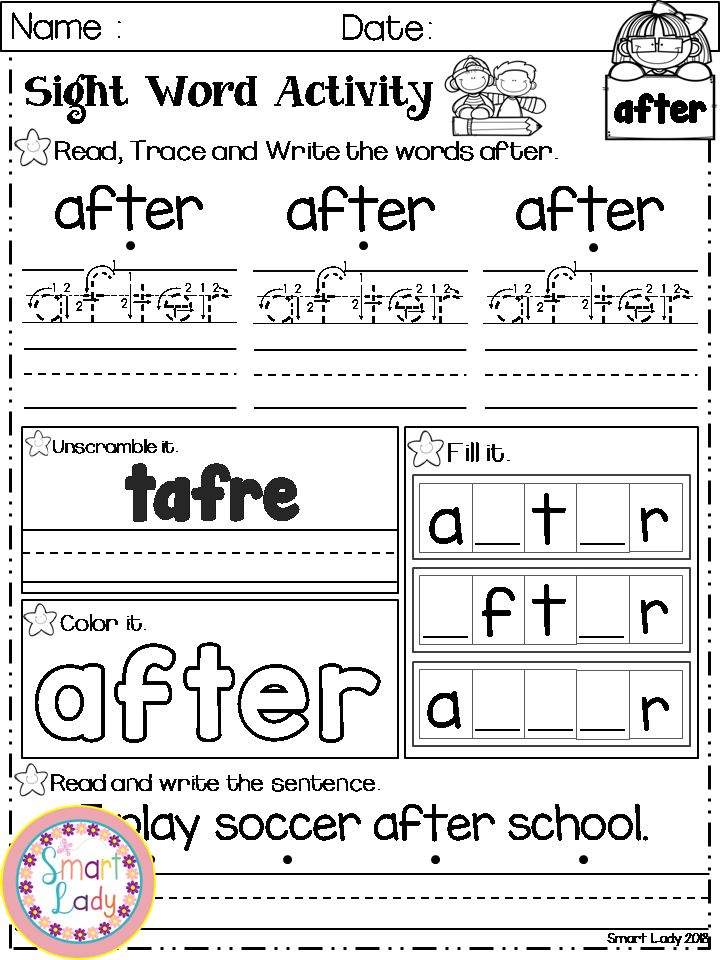
Pre-K
K
VIEW DETAILS
-
Reading
Find the Letters A, B, C & D Game
Put your language skills to the test by finding the letters A, B, C & D.
Pre-K
K
VIEW DETAILS
-
Reading
Can You Find the Uppercase Letter B? Game
To play this game, find the uppercase letter B.
Pre-K
K
VIEW DETAILS
-
Reading
Can You Find the Lowercase Letter b? Game
To play this game, find the lowercase letter b.
Pre-K
K
VIEW DETAILS
-
Reading
Learn the Letters: Big B Game
Put your language skills to the test by learning the letter: Big B.
VIEW DETAILS
-
Reading
Practice the Letters: Big B Game
Kids must practice the letter: Big B.
VIEW DETAILS
-
Reading
Learn the Letters: Small b Game
Put your language skills to the test by learning the letter: Small b.
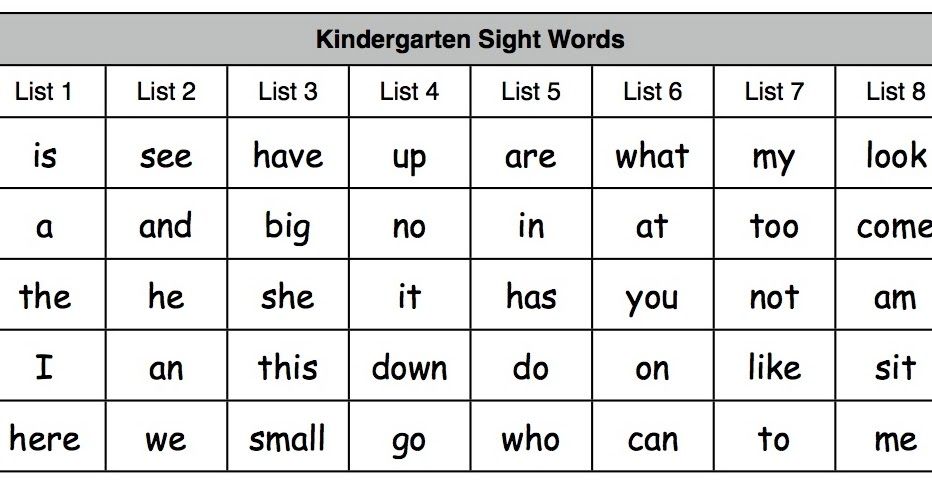
VIEW DETAILS
-
Reading
Practice the Letters: Small b Game
Put your language skills to the test by practicing the letter: Small b.
VIEW DETAILS
-
Reading
Match Big and Small B Game
Put your language skills to the test by learning to match big and small B.
Pre-K
K
VIEW DETAILS
Find Engaging Games on Reading
View all 2,209 Games
-
Reading
Can You Find the Uppercase Letter C? Game
To play this game, find the uppercase letter C.
Pre-K
K
VIEW DETAILS
-
Reading
Can You Find the Lowercase Letter c? Game
To play this game, find the lowercase letter c.
Pre-K
K
VIEW DETAILS
-
Reading
Learn the Letters: Big C Game
Put your language skills to the test by learning the letter: Big C.
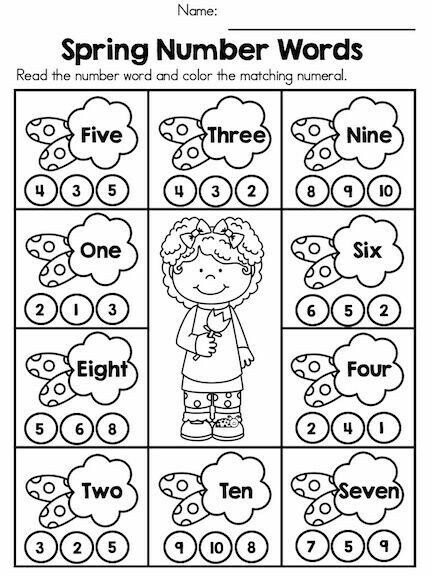
VIEW DETAILS
-
Reading
Practice the Letters: Big C Game
Kids must practice the letter: Big C.
VIEW DETAILS
-
Reading
Learn the Letters: Small c Game
Put your language skills to the test by learning the letter: Small c.
VIEW DETAILS
-
Reading
Practice the Letters: Small c Game
Put your language skills to the test by practicing the letter: Small c.
VIEW DETAILS
-
Reading
Match Big and Small C Game
Put your language skills to the test by learning to match big and small C.
Pre-K
K
VIEW DETAILS
-
Reading
Can You Find the Uppercase Letter D? Game
To play this game, find the uppercase letter D.
Pre-K
K
VIEW DETAILS
-
Reading
Can You Find the Lowercase Letter d? Game
To play this game, find the lowercase letter d.

Pre-K
K
VIEW DETAILS
-
Reading
Learn the Letters: Big D Game
Put your language skills to the test by learning the letter: Big D.
VIEW DETAILS
-
Reading
Practice the Letters: Big D Game
Kids must practice the letter: Big D.
VIEW DETAILS
-
Reading
Learn the Letters: Small d Game
Put your language skills to the test by learning the letter: Small d.
VIEW DETAILS
-
Reading
Practice the Letters: Small d Game
Put your language skills to the test by practicing the letter: Small d.
VIEW DETAILS
-
Reading
Match Big and Small D Game
Put your language skills to the test by learning to match big and small D.
Pre-K
K
VIEW DETAILS
-
Reading
Can You Find the Uppercase Letter E? Game
To play this game, find the uppercase letter E.
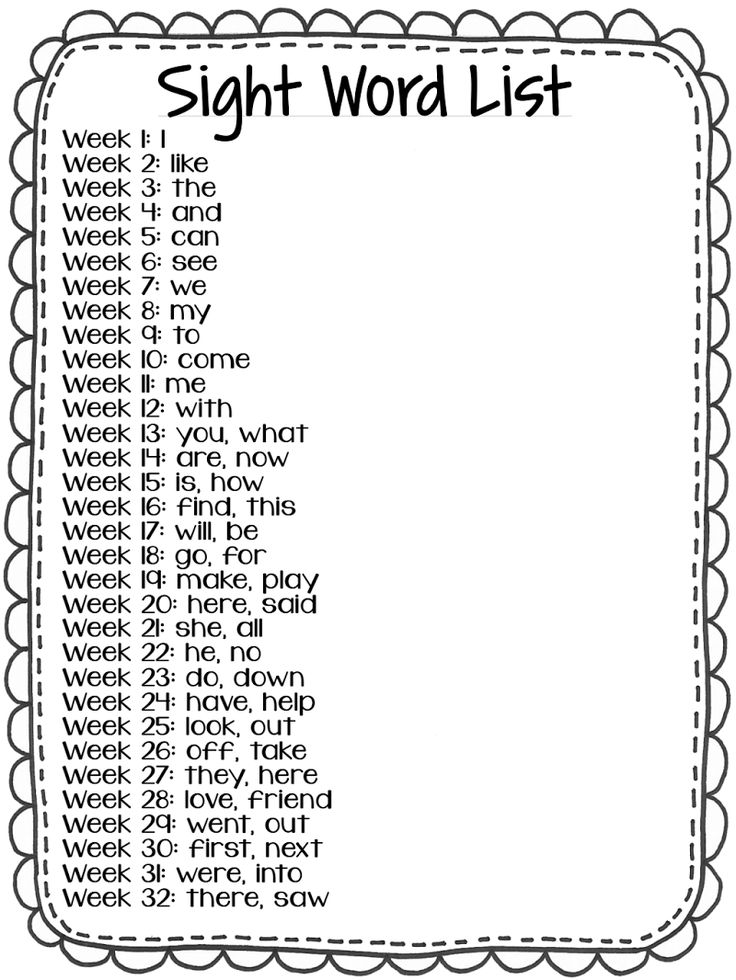
Pre-K
K
VIEW DETAILS
Related Worksheets
View all 1,063 Worksheets
-
Reading
Find Letter A Worksheet
Enhance your linguistic skills by finding the letter 'A' with this worksheet.
VIEW DETAILS
-
Reading
Spot Letter a Worksheet
This ELA worksheet will fill your child with zest as they spot the letter 'a'.
VIEW DETAILS
-
Reading
Where's Letter B Worksheet
Enhance your linguistic skills by finding the letter 'B' in this worksheet.
VIEW DETAILS
-
Reading
Learn About Letter b Worksheet
In this worksheet, learners will get to learn about the letter 'b'.
VIEW DETAILS
-
Reading
Look for Letter C Worksheet
Add elements of fun to your ELA practice by looking for Letter C.
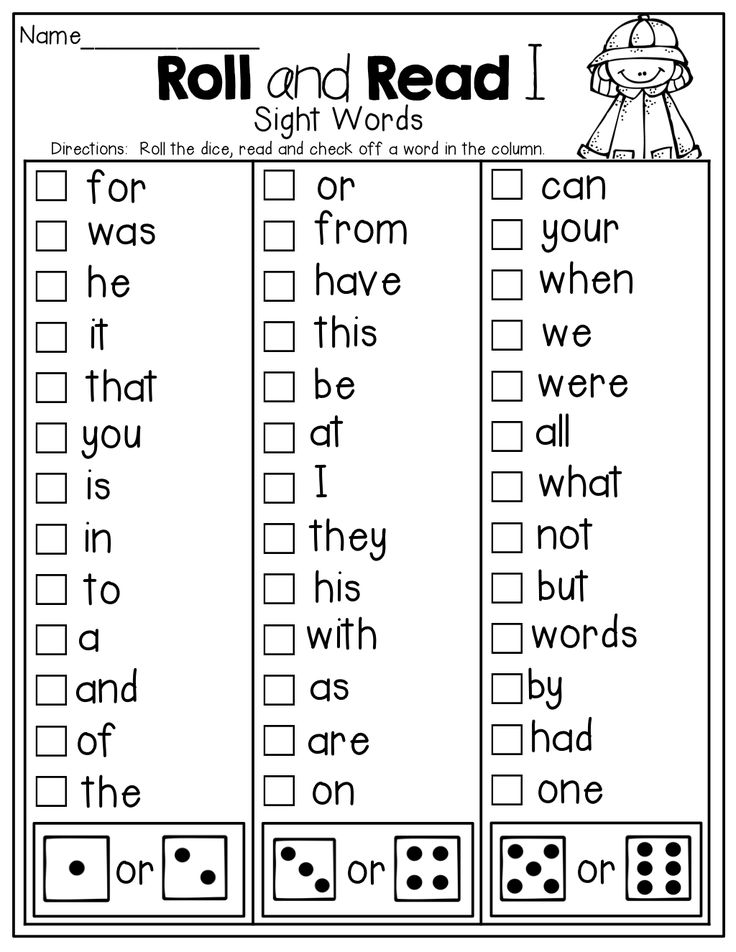
VIEW DETAILS
-
Reading
Color Letter c Worksheet
Enhance your linguistic skills by coloring the letter 'c' with this worksheet.
VIEW DETAILS
-
Reading
Color Letter D Worksheet
Enhance your linguistic skills by coloring the letter 'D' with this worksheet.
VIEW DETAILS
-
Reading
Look for Letter d Worksheet
Become more versatile in English by looking for letter 'd'.
VIEW DETAILS
-
Reading
Circle Letter E Worksheet
Learners must circle the letter 'E' to improve their ELA skills.
VIEW DETAILS
-
Reading
Where's Letter e Worksheet
Enhance your linguistic skills by finding the letter 'E' in this worksheet.
VIEW DETAILS
-
Reading
Look for Letter F Worksheet
Learners must look for the letter 'F' to improve their ELA skills.

VIEW DETAILS
-
Reading
Circle Letter f Worksheet
Learners must circle the letter 'f' to improve their ELA skills.
VIEW DETAILS
-
Reading
Where's Letter G Worksheet
Enhance your linguistic skills by finding the letter 'G' in this worksheet.
VIEW DETAILS
-
Reading
Find Letter g Worksheet
Enhance your linguistic skills by finding the letter 'g' with this worksheet.
VIEW DETAILS
-
Reading
Learn About Letter H Worksheet
Reinforce ELA concepts by learning about the letter 'H'.
VIEW DETAILS
Your one stop solution for all grade learning needs.
Give your child the passion and confidence to learn anything on their own fearlessly
Parents, Sign Up for Free
Teachers, Use for Free
4,413+
4,417+
RELATED TOPICSRead online Targeted Thinking.
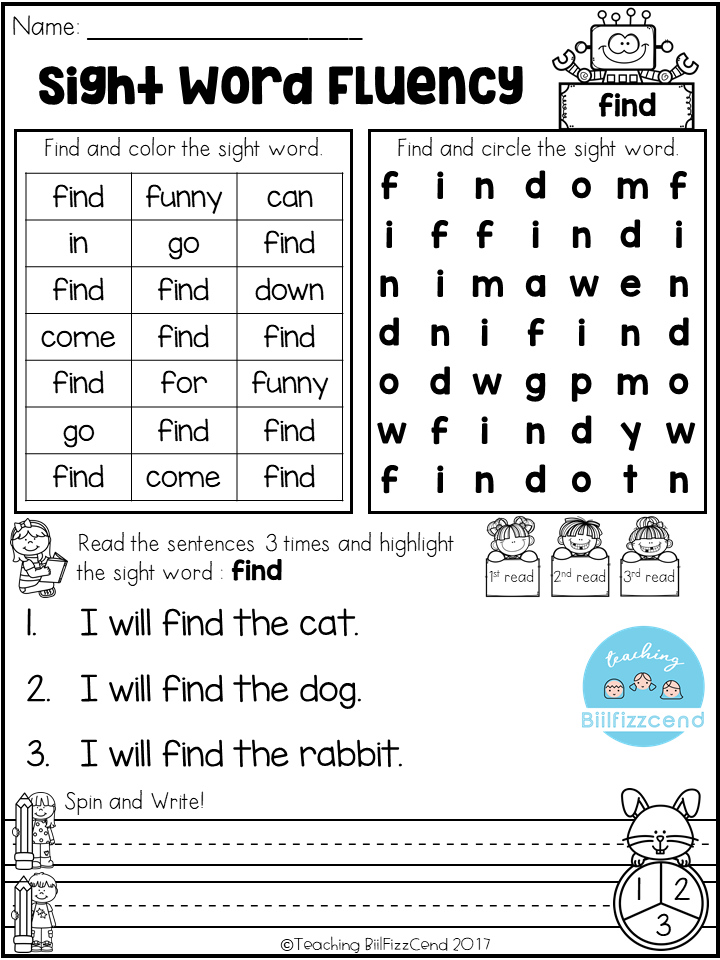 Decision-making according to the methods of the British special services”, David Omand – LitRes
Decision-making according to the methods of the British special services”, David Omand – LitRes Translator Vsevolod Baronin
Scientific editor Denis Bukin Chief Editor S. Turko
Project Manager O. Ravdanis
Art Director Yu. Buga
Cover design D. Izotov
Corrector E. Chudinova
Computer layout A. Abramov
Illustration on Shutterstock.com
© 20000 9000
THE AISSA MORTED rights
All rights reserved
Original English language edition first published by Penguin Books Ltd, London
© Russian edition, translation, layout. Alpina Publisher LLC, 2022
All rights reserved. This e-book is intended solely for private use for personal (non-commercial) purposes. The e-book, its parts, fragments and elements, including text, images and others, may not be copied or used in any other way without the permission of the copyright holder.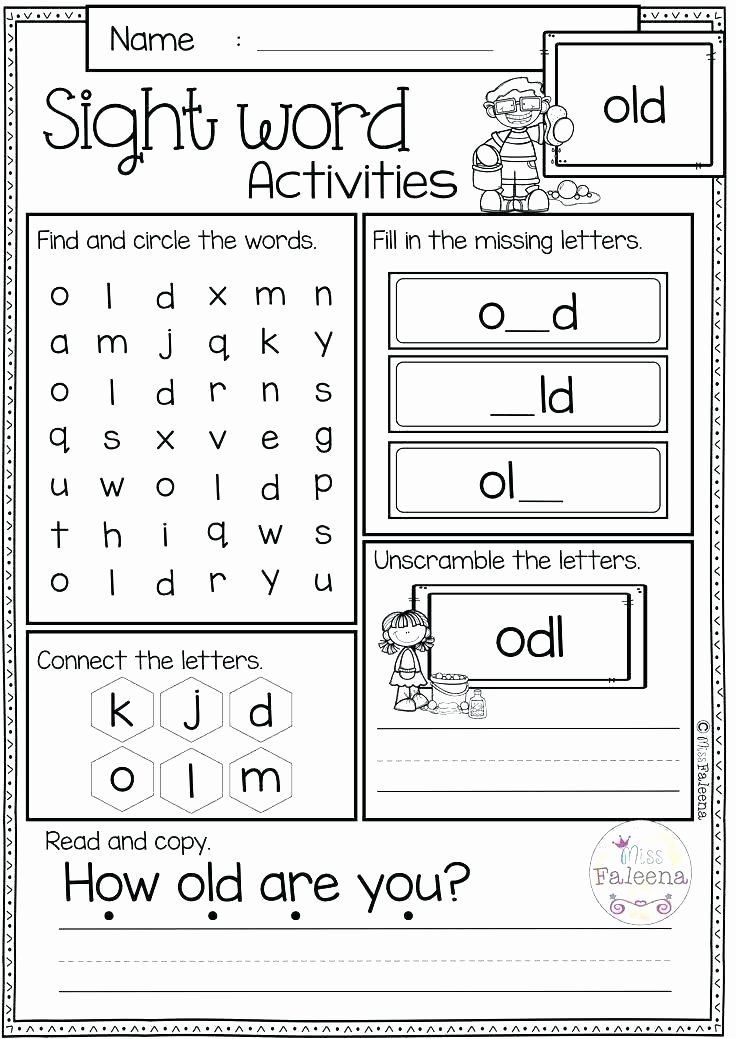 In particular, such use is prohibited, as a result of which an electronic book, its part, fragment or element becomes available to a limited or indefinite circle of persons, including via the Internet, regardless of whether access is provided for a fee or free of charge.
In particular, such use is prohibited, as a result of which an electronic book, its part, fragment or element becomes available to a limited or indefinite circle of persons, including via the Internet, regardless of whether access is provided for a fee or free of charge.
Copying, reproduction and other use of an e-book, its parts, fragments and elements, beyond private use for personal (non-commercial) purposes, without the consent of the copyright holder is illegal and entails criminal, administrative and civil liability.
* * *
Dedicated to Keira, Robert, Beatrice and Ada
with the hope that they will grow up in a better world
Science editor's preface
This is a book about the art of thinking. Logic is a wonderful science, it gives the laws of strict, unmistakable and impeccable thinking. But life rarely provides enough information for impeccable logical conclusions. It is easy to talk about abstract things without having to do anything.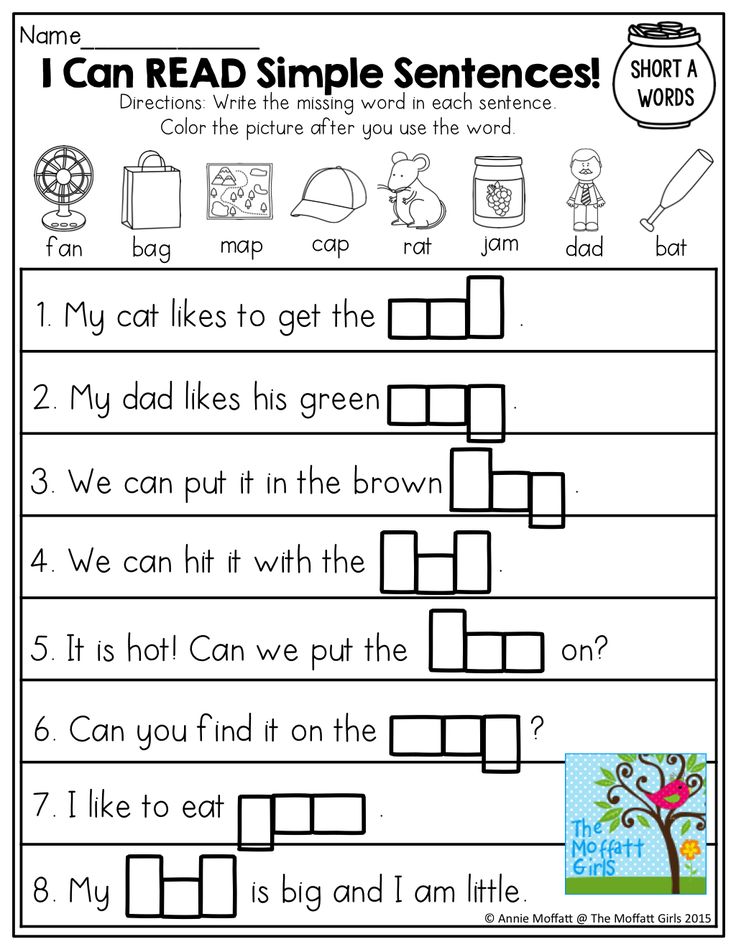 In real life, when there is neither clarity nor time to clarify the facts, and circumstances force you to act, you have to rely on what is - conditionally reliable information. David Omand has lived the life of an intelligence official, in which it is not customary to answer “I don’t know,” so he rightfully shares his practical ability to build a picture of several pieces of the puzzle. Using his approaches, you can “wash” a good result from an unreliable information breed. Yes, at times you will be mistaken, but you will be able to act, and that's fine.
In real life, when there is neither clarity nor time to clarify the facts, and circumstances force you to act, you have to rely on what is - conditionally reliable information. David Omand has lived the life of an intelligence official, in which it is not customary to answer “I don’t know,” so he rightfully shares his practical ability to build a picture of several pieces of the puzzle. Using his approaches, you can “wash” a good result from an unreliable information breed. Yes, at times you will be mistaken, but you will be able to act, and that's fine.
We have few books on methods of thinking, especially those related to intelligence. The last similar one, Washington Platt's Strategic Intelligence Information Work, was published in Russian back in 1958, and it is still recommended in specialized educational institutions to this day. At the same time, books on the work of an intelligence analyst are published regularly in English. Perhaps we are hindered by the excessive tendency of the domestic military departments to classify everything in the world, including the old, irrelevant and even known to everyone.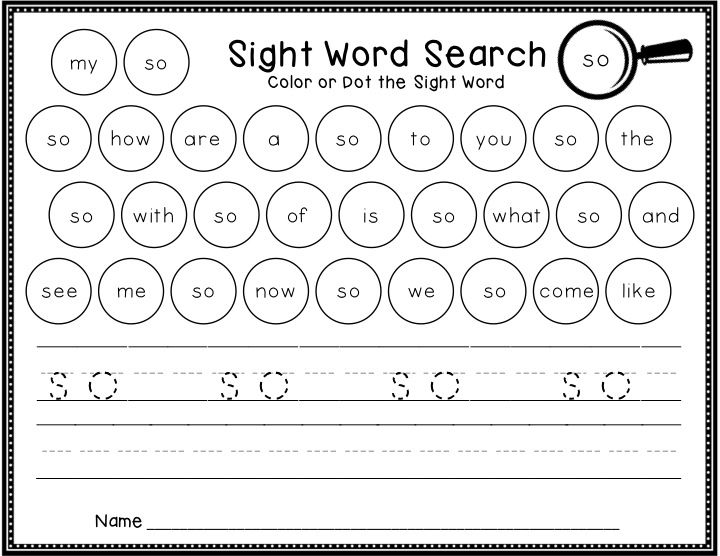 Without a solid texture, writing a book will not work, and a fictional texture is unconvincing. Well, as long as there are no domestic books, we will read translated ones.
Without a solid texture, writing a book will not work, and a fictional texture is unconvincing. Well, as long as there are no domestic books, we will read translated ones.
And one more thing. As I edited this book, I often thought of Jerome K. Jerome: “In war, the soldiers of every country are always the bravest in the world. The soldiers of a hostile country are always treacherous and treacherous - that's why they sometimes win" [1] . In other cases, patriotism is an excellent virtue, but it is hardly good in intelligence, where independence of mind is much more valuable. There is no unity of interests between the various intelligence services of the country, just as there is none within the intelligence service, nor within its smallest subdivision. Deeds are determined not by organizations, but by a bizarre interaction of multidirectional interests of influential people, and these interests do not always consist in selfless service to the fatherland. Undoubtedly, any smart intelligence officer (and others in high positions are inappropriate) understands this, but will he openly write about it? Only sometimes, between the lines.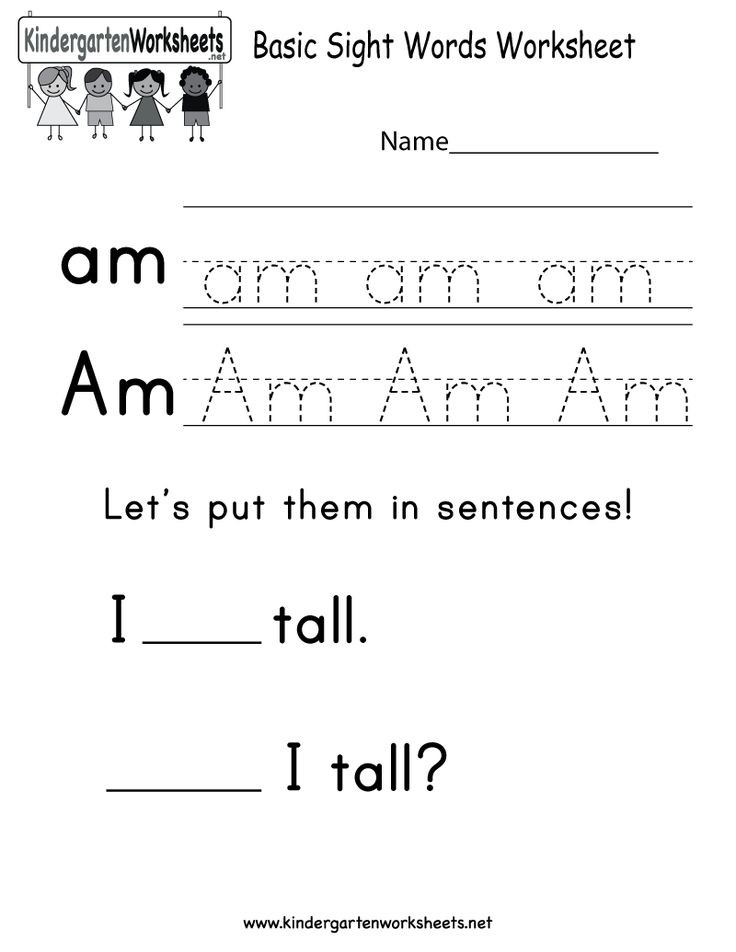 And in other cases - to demonstrate ardent confidence in the correctness of the "good guys". Fortunately, fiction writers write about human ups and downs in intelligence. I am sure it will be easier to understand what is written here between the lines, recalling at times the novels of John Le Carré or the films based on these novels: The Spy Who Came in from the Cold (1965) and "Spy, get out!" (2011).
And in other cases - to demonstrate ardent confidence in the correctness of the "good guys". Fortunately, fiction writers write about human ups and downs in intelligence. I am sure it will be easier to understand what is written here between the lines, recalling at times the novels of John Le Carré or the films based on these novels: The Spy Who Came in from the Cold (1965) and "Spy, get out!" (2011).
Denis Bukin
Foreword
Why We Need These Lessons: In Search of Independence of Thought, Honesty and Integrity
Westminster, March 1982. "This is very serious, isn't it?" asked Margaret Thatcher. She frowned and looked up from the intelligence reports I had given her. “Yes, Prime Minister,” I replied, “this information can be interpreted unambiguously: the Argentine junta is in the final stages of preparations for an invasion of the Falklands. It is highly probable that the invasion will take place next Saturday. ”
”
This conversation took place on the afternoon of Wednesday, March 31, 1982.
I was Chief Private Secretary to Secretary of Defense John Knott. We were sitting in his office in the House of Commons preparing for a speech in parliament when a liaison officer from military intelligence headquarters hurried into the government building. In his mail bag were several very conspicuously designed folders. From the red diagonal crosses on their dark covers, I immediately knew that they contained top secret material covered with a special code word UMBRA, meaning that they came from the Government Communications Center.
These folders contained decrypted radio intercepts from the Argentine navy. Reports said that an Argentine submarine was conducting covert reconnaissance near the capital of the Falkland Islands, the city of Stanley, and that the Argentine navy, which was on the exercises, was re-forming itself into battle formation. Another, more recent radio intercept mentioned an Argentine Navy task force that was due to arrive at an unspecified location early Friday, April 2.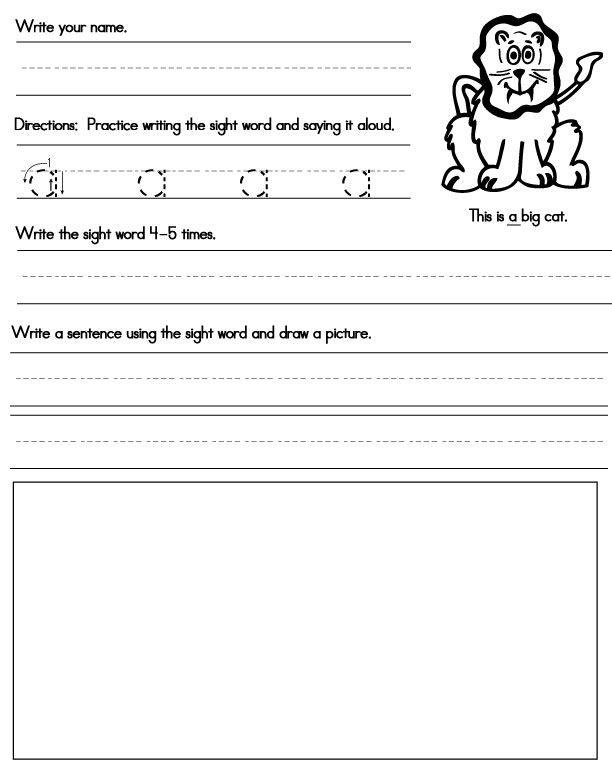 After analyzing the coordinates of the ships of this formation, the government communications headquarters came to the conclusion that only Port Stanley could be the target of the Argentines [2] .
After analyzing the coordinates of the ships of this formation, the government communications headquarters came to the conclusion that only Port Stanley could be the target of the Argentines [2] .
John Knott and I looked at each other with one single thought: the loss of the Falklands would pose the gravest threat to the existence of Margaret Thatcher's government: therefore, the Prime Minister must be immediately informed of these radio intercepts. We hurried down the corridor to her office and literally burst into it.
The latest analysis the Prime Minister received from the UK Joint Intelligence Committee was that Argentina was unwilling to use military force to secure its claim to the sovereignty of the Falkland Islands. However, the Joint Intelligence Committee warned that if the British took extremely provocative action against Argentine citizens who had illegally landed on the British island of South Georgia in the South Atlantic, the junta could use this as a pretext to start hostilities.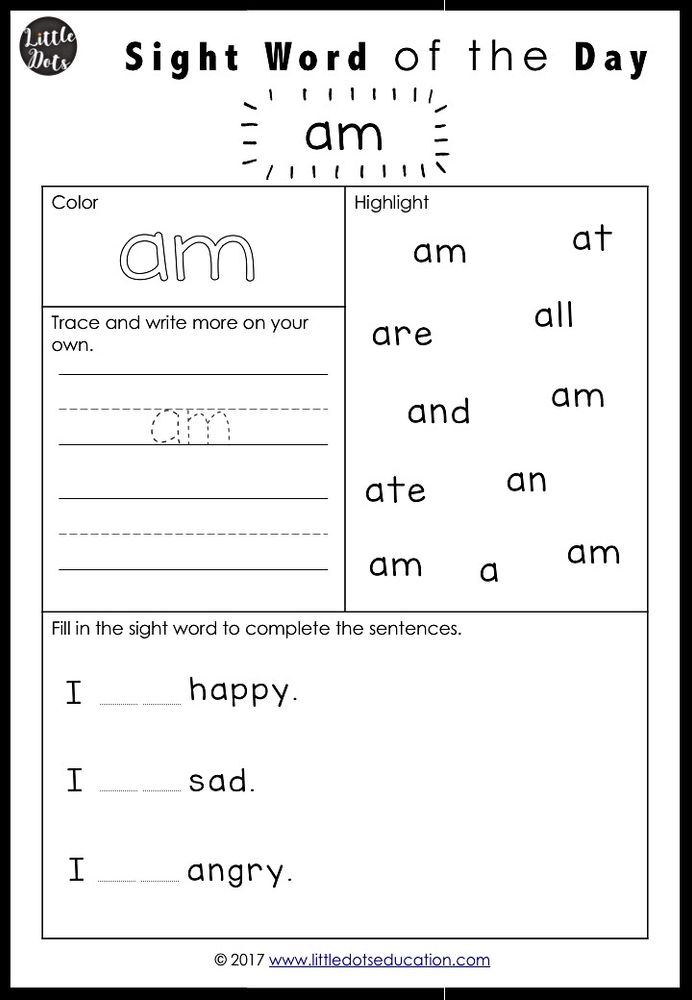 Since Britain had no intention of provoking the junta, such an assessment was misinterpreted in Whitehall as encouraging, which made the fresh intelligence all the more stunning. This was the first sign that the Argentine junta was ready to use military force to impose its demands.
Since Britain had no intention of provoking the junta, such an assessment was misinterpreted in Whitehall as encouraging, which made the fresh intelligence all the more stunning. This was the first sign that the Argentine junta was ready to use military force to impose its demands.
The Importance of Reasoning
The shock of how the UK suddenly became involved in the Falklands Crisis is deeply ingrained in my memory. The situation showed me how important errors in our thinking can be. This is as true in the lives of individuals as it is in the administration of public affairs. And my goal in writing this book is ambitious: I want to empower people to make better decisions based on the way intelligence analysts think. I will bring lessons from our past to show exactly how one can know, explain and predict most of all the events that we face in our absolutely amazing age.
There are important life lessons to be learned from observing how intelligence analysts think.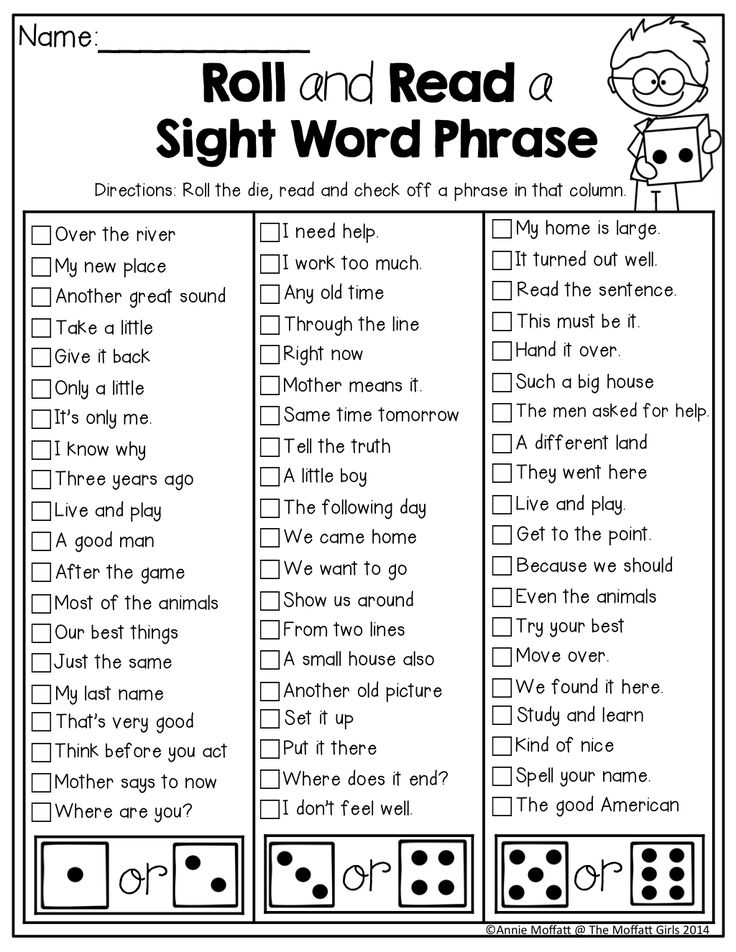 By studying their actions during problem solving in real situations in recent history, we learn how they organize their thoughts, distinguish between the probable and the improbable, and thus draw better conclusions. We will learn how to methodically test alternative explanations for what is happening and assess how much we need to change our own opinion as new information becomes available to us. We will try to understand how our own feelings, as well as the opinions of members of a particular community, can influence our judgments. We will also learn how one can fall prey to conspiracy thinking and be deceived through deliberate misinformation.
By studying their actions during problem solving in real situations in recent history, we learn how they organize their thoughts, distinguish between the probable and the improbable, and thus draw better conclusions. We will learn how to methodically test alternative explanations for what is happening and assess how much we need to change our own opinion as new information becomes available to us. We will try to understand how our own feelings, as well as the opinions of members of a particular community, can influence our judgments. We will also learn how one can fall prey to conspiracy thinking and be deceived through deliberate misinformation.
We all face decision-making and choice processes, whether at home, at work or at play. But today, compared with the old days, we have negligibly little time to make a decision. We live in the digital age and are bombarded with conflicting, false and confusing information from a vast array of sources – more than ever. Information surrounds us from all sides, and we feel obliged to respond to it at the same speed with which it comes to us.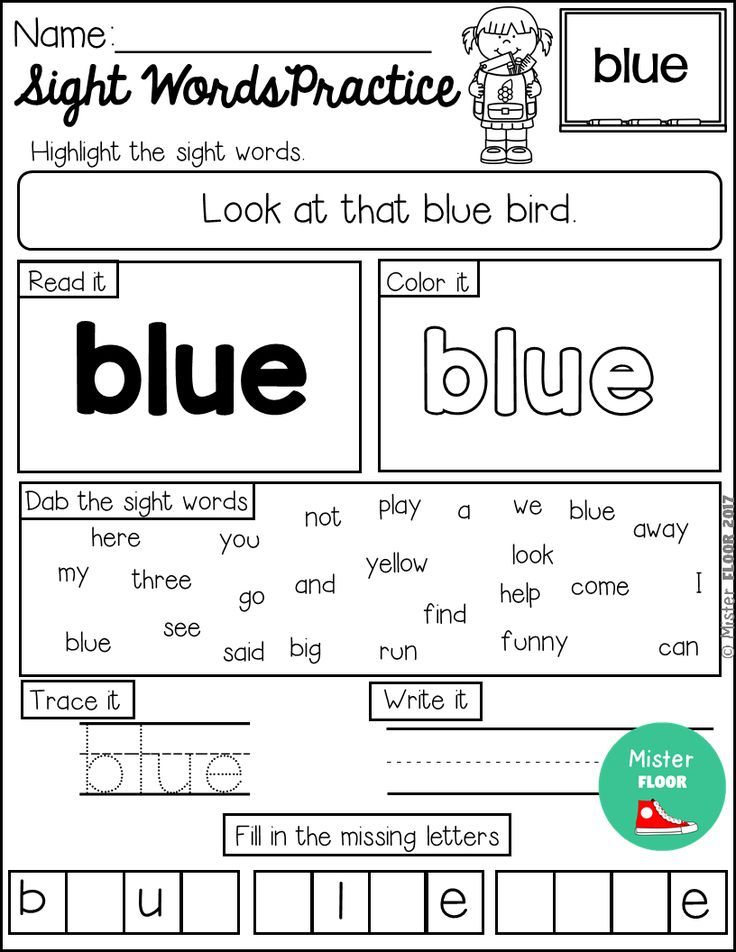 There are powerful forces playing against us through messages and opinions spread through social media. We find ourselves overwhelmed by all this information and ask ourselves the question: have we become more or less ignorant than in former times? Today we need these lessons from the past, more than ever.
There are powerful forces playing against us through messages and opinions spread through social media. We find ourselves overwhelmed by all this information and ask ourselves the question: have we become more or less ignorant than in former times? Today we need these lessons from the past, more than ever.
Looking over the shoulder of an intelligence analyst
In the history of the art of war, it has become clear to commanders the advantage that intelligence can provide.
Governments today are deliberately creating specialized services to access and analyze information that can help them make better decisions [3] . The Secret Intelligence Service of the British Foreign Office (MI6) oversees the work of intelligence agents abroad. Security Services (MI5) and its law enforcement partners investigate domestic threat situations and monitor suspects. The Government Communications Center is engaged in the interception of radio and electronic communications and the collection of digital intelligence.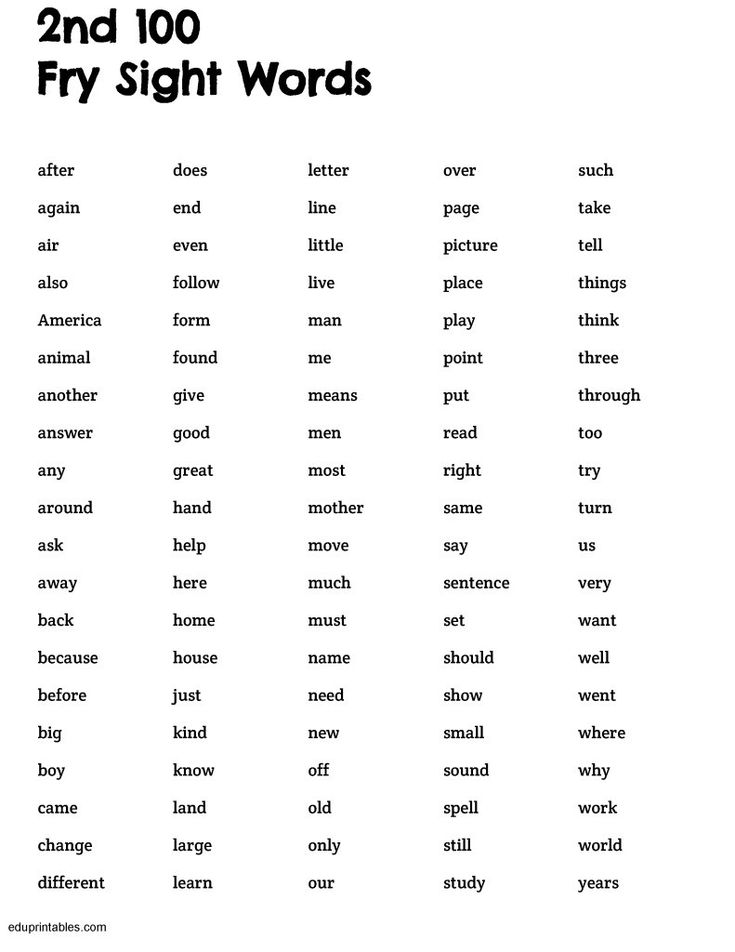 The military has its fair share of intelligence-gathering operations abroad, including photo reconnaissance from satellites and unmanned aerial vehicles. The task of the intelligence analyst is to piece together all the pieces of information received. Analysts are then identified with situation assessments designed to raise awareness among decision makers. They figure out what is happening, explain why it is happening, and describe how the situation might develop [4] .
The military has its fair share of intelligence-gathering operations abroad, including photo reconnaissance from satellites and unmanned aerial vehicles. The task of the intelligence analyst is to piece together all the pieces of information received. Analysts are then identified with situation assessments designed to raise awareness among decision makers. They figure out what is happening, explain why it is happening, and describe how the situation might develop [4] .
The more we understand the nature of the decisions we must make, the less likely we are to misinterpret the facts, make bad choices, or be seriously surprised by the outcome. Much of what we need can be obtained from open sources, but only if we are careful enough to critically judge the quality of the information.
Being informed by the decision maker does not necessarily mean simplifying the situation. Often the assessment coming from the intelligence service is to warn that the circumstances are more complex than previously thought, that the very motivation of the enemy's behavior must be feared, and that the situation as a whole may develop in an undesirable direction. You need to have information. Having illusions in such matters leads to poor or even disastrous decisions. The task of the intelligence officer is to provide the government with information as it really is. But when you make decisions, it depends only on you, how objective and honest you are with yourself.
You need to have information. Having illusions in such matters leads to poor or even disastrous decisions. The task of the intelligence officer is to provide the government with information as it really is. But when you make decisions, it depends only on you, how objective and honest you are with yourself.
The work of spies includes stealing the secrets of dictators, terrorists and criminals. This is done using human or technical means and involves intrusion into personal correspondence or verbal communications. In this way, we give our intelligence officers the right to act in accordance with ethical standards that are different from those that we would like to see in everyday life. Such norms are justified by reducing the damage to society that can be achieved with such work [5] . Authoritarian states may well assume that their intelligence agencies will do without restraint and encourage their agents to do whatever they deem necessary to achieve their goals, regardless of compliance with laws or rules of conduct.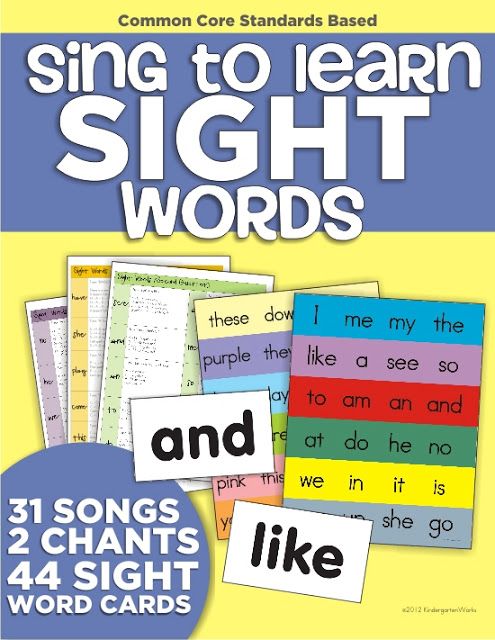 In democracies, such behavior by agents will quickly undermine the credibility of both the government and the intelligence services. Consequently, intelligence activities are carefully regulated by domestic law to ensure that they remain necessary in scope and commensurate with the level of threats. So I'm making it clear that this book does not teach you how to spy on others and should not motivate you to do so. What I want to show, however, is the ways in which secret intelligence is based on ways of thinking that we can all benefit from. This book is a guide to right thinking, not a guide to bad behavior.
In democracies, such behavior by agents will quickly undermine the credibility of both the government and the intelligence services. Consequently, intelligence activities are carefully regulated by domestic law to ensure that they remain necessary in scope and commensurate with the level of threats. So I'm making it clear that this book does not teach you how to spy on others and should not motivate you to do so. What I want to show, however, is the ways in which secret intelligence is based on ways of thinking that we can all benefit from. This book is a guide to right thinking, not a guide to bad behavior.
Such thinking is not only dispassionate, cold-blooded calculation. "Negative ability" is how the poet John Keats described the writer's ability to pursue the vision of artistic beauty, even when it led to uncertainty, confusion and intellectual doubt in the process of creating a work. For analytical thinking, its equivalent is the ability to endure painful experiences and confusion from ignorance, and not the imposition of ready-made or universal solutions in ambiguous situations or emotional challenges [6] . In order to think clearly, we must have a scientific, evidence-based approach that nonetheless contains room for the "negative ability" needed to maintain open-minded thinking [7] .
In order to think clearly, we must have a scientific, evidence-based approach that nonetheless contains room for the "negative ability" needed to maintain open-minded thinking [7] .
Intelligence analysts like to look ahead, but they do not pretend to be predictors. There will always be unexpected results, no matter how hard we try to predict events with all diligence. The winner of the Grand National or the Indy 500 cannot be known in advance. Events sometimes develop in such a way that, as it seems to us, they are destined to confuse us. It is important to note that risk can also lead to the realization of certain opportunities - if, of course, we can use intelligence to overcome such risks.
Who am I?
The secret services prefer to remain silent about their successes in order to be able to repeat them, but the failures of the special services can become public knowledge. In the book, I have given examples of such successes and failures, along with several events from my own experience - more precisely, that part of it that is associated with the amazing development of the digital world. It's amusing when you remember that I started my first full-time job in 1965 in the mathematics department of an engineering company in Glasgow, where we learned how to write machine codes for early computers using five-character perforated paper tape to enter programs. Today, the mobile device in my pocket has direct access to more computing power than was available back in 1965 all over Europe. This digitization of our lives brings us great benefits, but it is also fraught with dangers, which will be discussed in Chapter 10 of this book.
It's amusing when you remember that I started my first full-time job in 1965 in the mathematics department of an engineering company in Glasgow, where we learned how to write machine codes for early computers using five-character perforated paper tape to enter programs. Today, the mobile device in my pocket has direct access to more computing power than was available back in 1965 all over Europe. This digitization of our lives brings us great benefits, but it is also fraught with dangers, which will be discussed in Chapter 10 of this book.
In 1969, just after graduating from the University of Cambridge, I joined the Government Communications Centre, the UK intelligence agency responsible for the electronic intelligence and information security of government agencies and the army, where I learned about the pioneering work of the Center for the Application of Mathematics and Data Processing in intelligence activities. I abandoned my plans for a doctorate in theoretical economics and the temptation to become an economic adviser to Her Majesty's Treasury.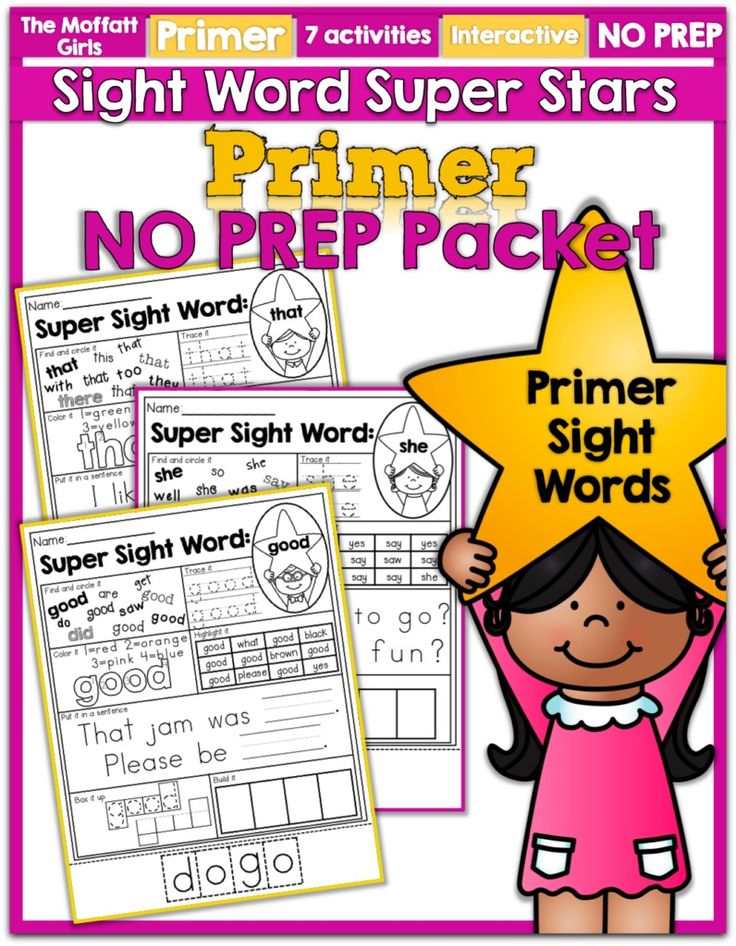 Instead, I chose a career as a civil servant, which opened doors to the world of intelligence, defense, and national security. While serving in the Department of Defense as Assistant Chief of Staff for Military Policy, I used intelligence data to make recommendations to ministers and chiefs of staff. I worked three times in the private office of the Secretary of Defense (six ministers, to be exact - from Lord Carrington at 1973 to John Knott in 1981) and has repeatedly observed the heavy burden of decision-making in a crisis placed on the political leadership of the country. I've seen how good intelligence can be useful to a cause, and what problems its absence causes. When I worked as a UK Defense Adviser at NATO Headquarters in Brussels, it was clear to me how intelligence work shapes arms control and a nation's foreign policy. And as Assistant Undersecretary of Defense for Policy, I was an extremely voracious customer for operational intelligence on the crisis in the former Yugoslavia.
Instead, I chose a career as a civil servant, which opened doors to the world of intelligence, defense, and national security. While serving in the Department of Defense as Assistant Chief of Staff for Military Policy, I used intelligence data to make recommendations to ministers and chiefs of staff. I worked three times in the private office of the Secretary of Defense (six ministers, to be exact - from Lord Carrington at 1973 to John Knott in 1981) and has repeatedly observed the heavy burden of decision-making in a crisis placed on the political leadership of the country. I've seen how good intelligence can be useful to a cause, and what problems its absence causes. When I worked as a UK Defense Adviser at NATO Headquarters in Brussels, it was clear to me how intelligence work shapes arms control and a nation's foreign policy. And as Assistant Undersecretary of Defense for Policy, I was an extremely voracious customer for operational intelligence on the crisis in the former Yugoslavia.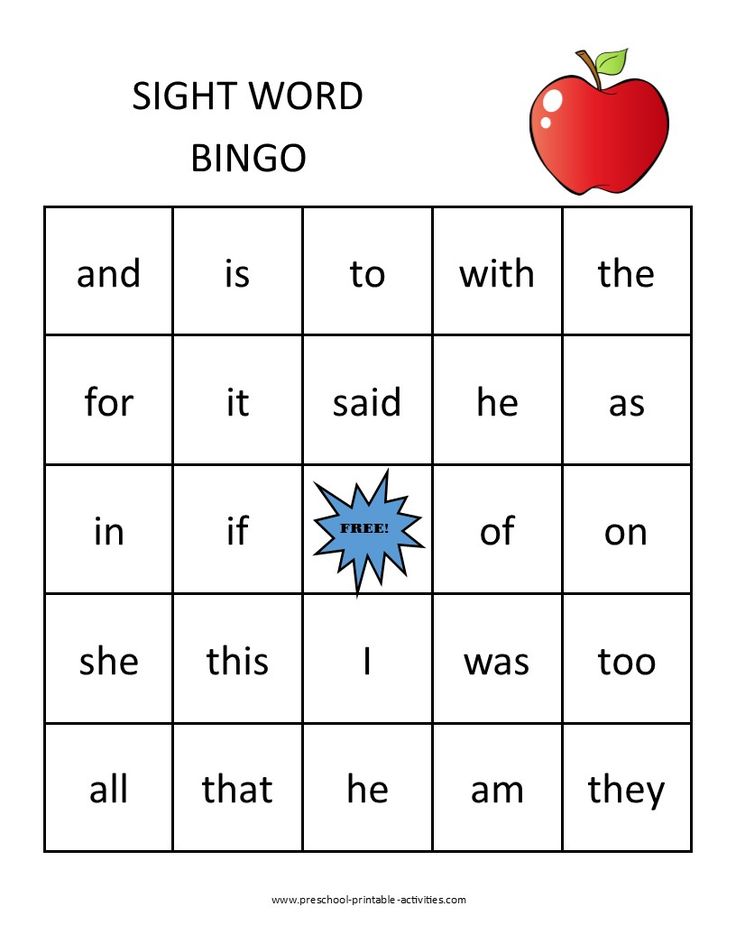 In this capacity, I became a member of the UK Joint Intelligence Committee, the key intelligence-assessment unit of the Kingdom's Cabinet, in which I served for a total of seven years.
In this capacity, I became a member of the UK Joint Intelligence Committee, the key intelligence-assessment unit of the Kingdom's Cabinet, in which I served for a total of seven years.
By the time I left the Department of Defense to return to the Government Communications Center as its director in the mid-1990s, computing had completely transformed the ability to process, store, and retrieve data on an unheard-of scale. I still remember how engineers triumphantly reported to me that they had managed to achieve stable storage of a terabyte of data with fast access - a big step at the time, although my small laptop today has only half the memory. More importantly, the Internet has become an important area of work for professionals, the World Wide Web has gained popularity, and the new Microsoft Hotmail service has made e-mail a fast and reliable form of communication. We knew that digital technologies would sooner or later permeate all areas of our lives and that organizations such as the Government Communications Center would have to radically change to cope with the challenges that arise as life and society become digital [8] .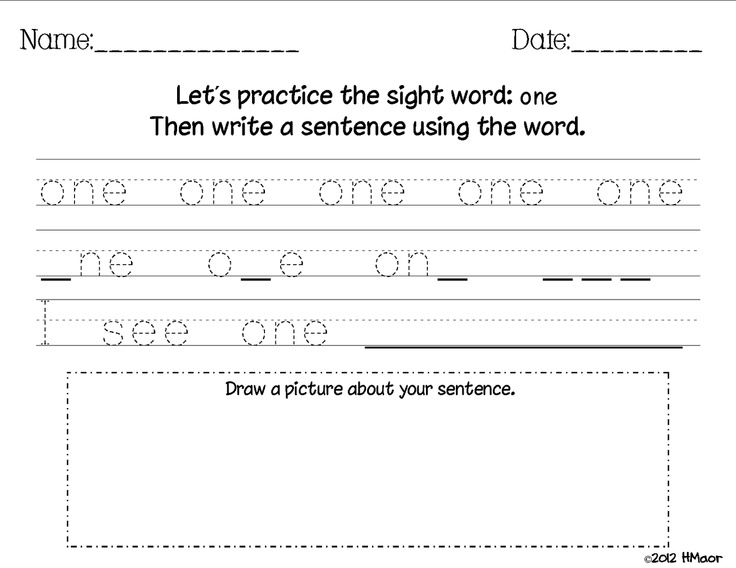
The pace of digitalization has been faster than expected. In those years, smartphones had not yet been invented, and, naturally, there were no Facebook, Twitter, YouTube and other social media platforms and related applications. What was to become the Google search engine was at that time just a research project at Stanford University. During this small part of my working life, I saw how these and many other revolutionary achievements began to dominate our world. In less than 20 years, our economic, social and cultural priorities have come to depend on access to connected digital technologies and on learning to coexist safely with them. There is no way back.
When, in 1997, I was unexpectedly appointed as Permanent Under Secretary of State for the Home Office, this led to my close association with MI5 and Scotland Yard. These services used intelligence in investigations aimed at identifying and eliminating internal threats, including the activities of terrorist and organized crime groups.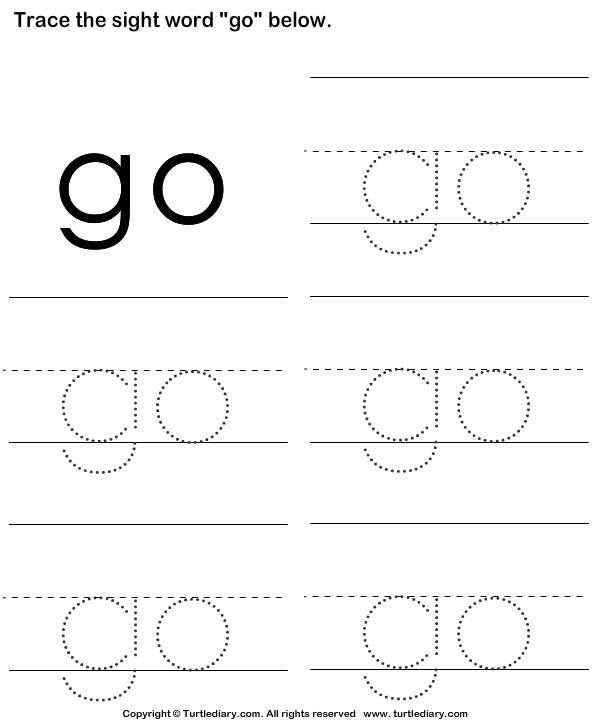 It was during this period that the Ministry of the Interior developed the Human Rights Law (1998) and legislation regulating and supervising the powers of the investigating authorities to ensure a permanent balance between our basic rights to life and security and the right to privacy in her personal and family sphere. . My career as Deputy Home Secretary was continued after the terrorist attacks of 11 September 2001 as the UK's first ever Security and Intelligence Coordinator. Back then, back at the UK Joint Intelligence Committee, I was responsible for keeping the British intelligence community running smoothly and developing the first UK counter-terrorism strategy, CONTEST, which is still active as of this writing in 2020.
It was during this period that the Ministry of the Interior developed the Human Rights Law (1998) and legislation regulating and supervising the powers of the investigating authorities to ensure a permanent balance between our basic rights to life and security and the right to privacy in her personal and family sphere. . My career as Deputy Home Secretary was continued after the terrorist attacks of 11 September 2001 as the UK's first ever Security and Intelligence Coordinator. Back then, back at the UK Joint Intelligence Committee, I was responsible for keeping the British intelligence community running smoothly and developing the first UK counter-terrorism strategy, CONTEST, which is still active as of this writing in 2020.
In this book, I offer you lessons from the world of intelligence, not only from within the intelligence service itself, but also from the perspective of a politician as an intelligence user. I have learned the hard way that intelligence is hard to come by, always fragmented and incomplete, and sometimes erroneous.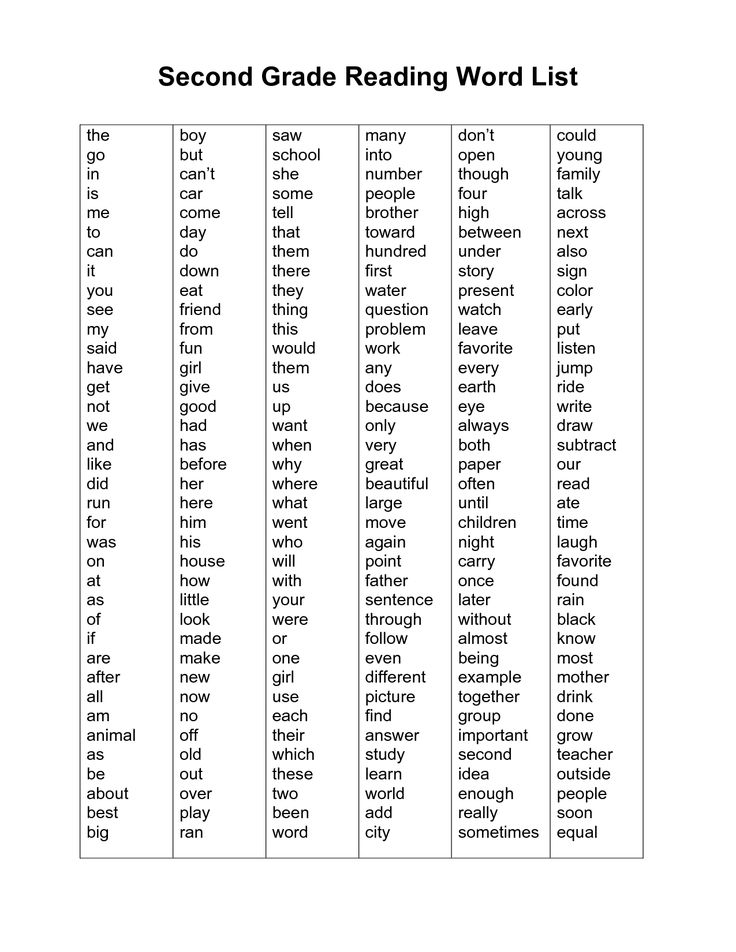 But if you work with them consistently and with an understanding of the limitations of the information contained in them, then their significant role and benefit for ensuring the safety of society becomes obvious. The exact same is true for you.
But if you work with them consistently and with an understanding of the limitations of the information contained in them, then their significant role and benefit for ensuring the safety of society becomes obvious. The exact same is true for you.
BOOV: A Method of Analytical Thinking
I am currently an adjunct professor of intelligence at the Department of Military Studies at King's College London, at the Institute of Political Studies in Paris, and at the Defense University of Oslo. It's been my experience that having a methodology to review the decision making process and establish an appropriate level of trust in them really helps. The methodology I have developed - let me call it the abbreviation VOOV - is based on four types of information processing that allow you to form an intellectual product obtained at different levels of analysis:
● Mastery of the situation: what is happening and what we are facing right now.
● An explanation of why we see what we see and the motivations of those involved in the current event.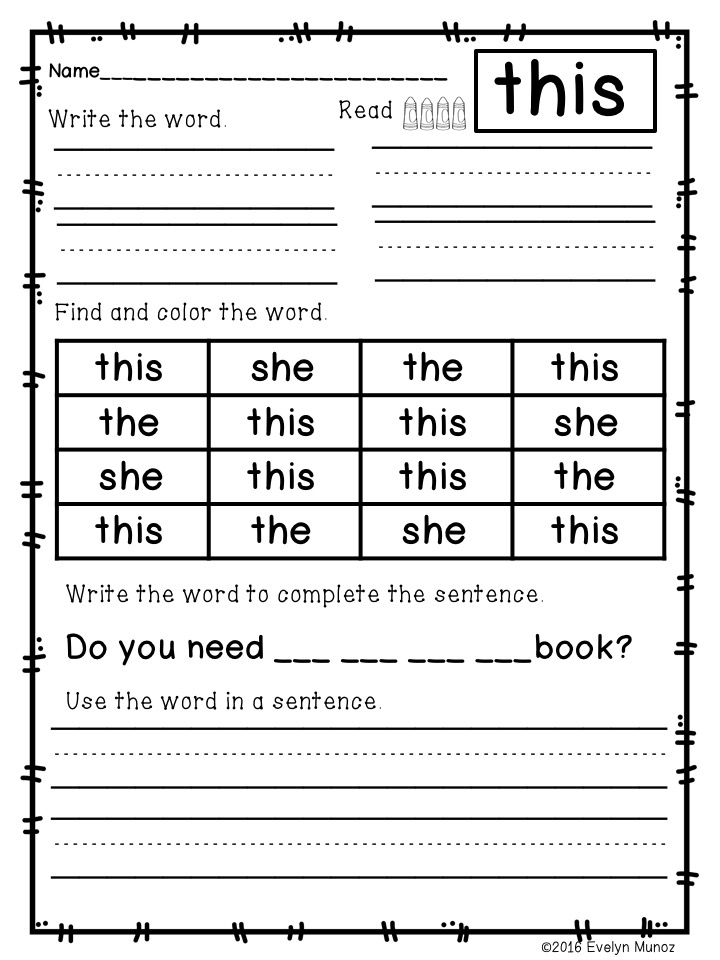
● Estimates and forecasts of the development of an event under various circumstances.
● Development of a strategic notification of problems that may arise in the long term.
There is a powerful logic behind this fourfold way of thinking, the BOOB methodology.
Take as an example an investigation into an attack by far-right extremists. The first step is to find out as precisely as possible what is going on. As a starting point, the police will gather information about known crimes, interview witnesses, and obtain forensic evidence. Nowadays, there is also a fair amount of information available on social networks and the Internet, but the credibility of such sources requires careful verification. In fact, even well-verified facts can be interpreted in completely different ways, which can lead to erroneous exaggeration or underestimation of the problem under investigation.
We need to add meaning to the actions of the extremists so that we can explain what is really going on.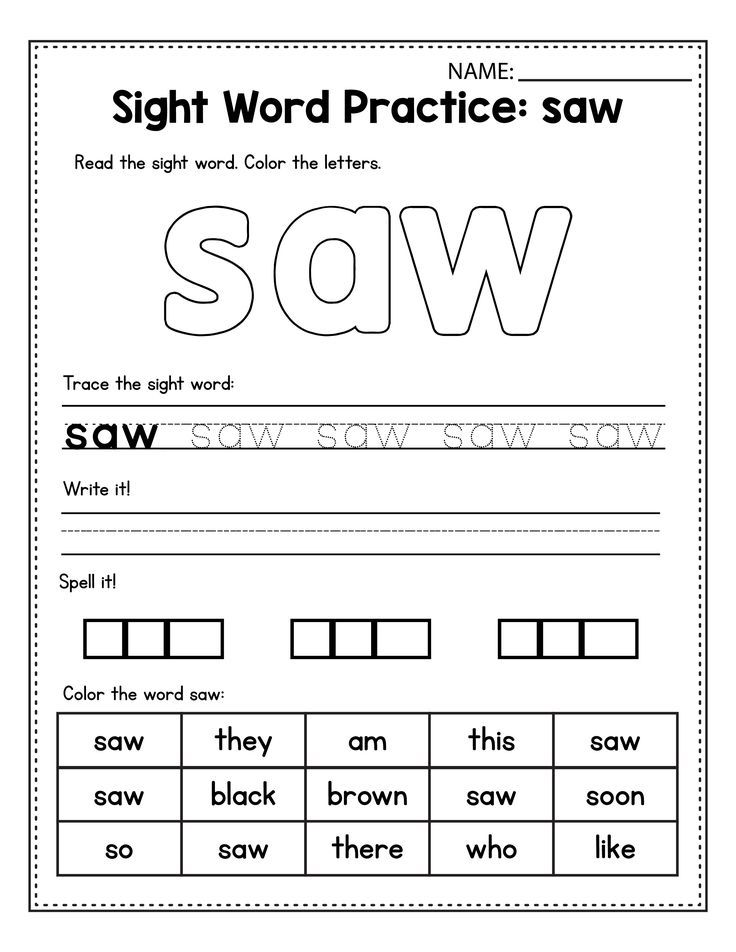 We do this in the second phase of SBIA by constructing a better explanation of the actions that is consistent with the available evidence and understanding of the motives of the individuals involved. We see this process in every criminal court, when attorneys for the prosecution and defense offer their versions of the truth to the jury. For example, why are the accused's fingerprints on fragments of a beer bottle used to make a Molotov cocktail? Did he throw the bottle himself, or was the bottle taken from the dustbin of his house by a mob looking for materials to make weapons? The court is required to verify these facts, and then the jury must choose the explanation that they think best fits the available evidence. Facts rarely speak for themselves. At the second stage, in the case of an investigation of an attack by extremists, we must come to an understanding of the reasons that unite such people. We will understand what drives their anger and hatred. This will provide us with an explanatory model that will allow us to proceed to the third stage of WWII, in which we can assess how the situation may change over time - perhaps after a wave of arrests and successful prosecutions of extremist leaders by the police.
We do this in the second phase of SBIA by constructing a better explanation of the actions that is consistent with the available evidence and understanding of the motives of the individuals involved. We see this process in every criminal court, when attorneys for the prosecution and defense offer their versions of the truth to the jury. For example, why are the accused's fingerprints on fragments of a beer bottle used to make a Molotov cocktail? Did he throw the bottle himself, or was the bottle taken from the dustbin of his house by a mob looking for materials to make weapons? The court is required to verify these facts, and then the jury must choose the explanation that they think best fits the available evidence. Facts rarely speak for themselves. At the second stage, in the case of an investigation of an attack by extremists, we must come to an understanding of the reasons that unite such people. We will understand what drives their anger and hatred. This will provide us with an explanatory model that will allow us to proceed to the third stage of WWII, in which we can assess how the situation may change over time - perhaps after a wave of arrests and successful prosecutions of extremist leaders by the police.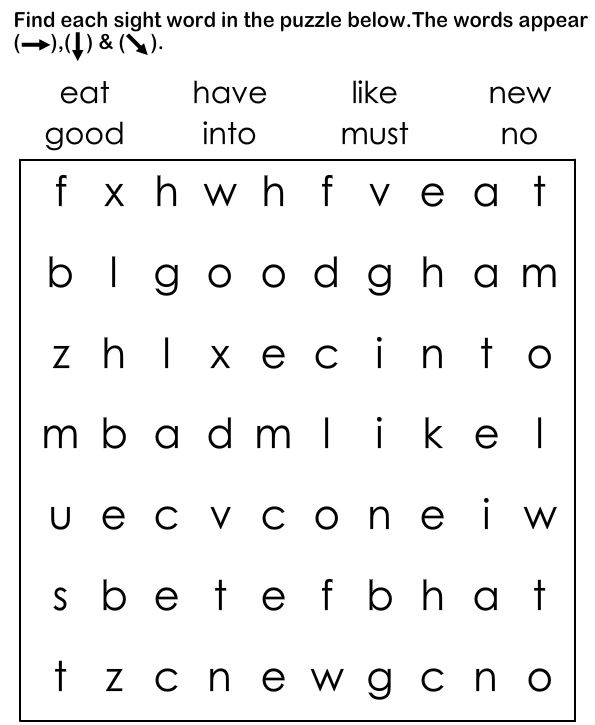 We will also be able to assess how likely it is that arrests and convictions will lead to a reduction in the threat of violence and the anxiety of society as a whole. This third step provides the intelligence base for evidence-based policy decisions.
We will also be able to assess how likely it is that arrests and convictions will lead to a reduction in the threat of violence and the anxiety of society as a whole. This third step provides the intelligence base for evidence-based policy decisions.
The SBIA methodology has a critical fourth component, the development of a strategic notification about events in the long term. For our example, we could consider the further growth of extremist movements elsewhere in Europe or the evolution of such groups in the event of major changes in the patterns of refugee movements as a result of new regional conflicts or due to climate change. This is just one example, but there are many other situations where anticipation of future events is of great importance, as it allows us to intelligently prepare for the future.
The BOOB four-part methodology can be applied to any situation that concerns us, as long as we want to understand what happened and why, and what might happen next, from stressful situations at work to losing your sports team.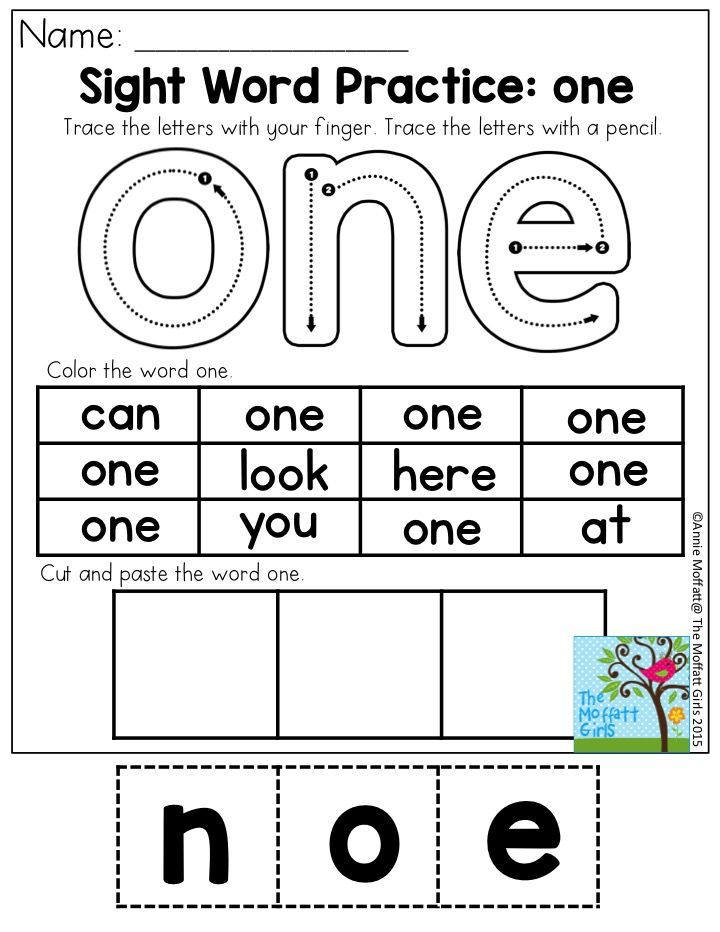 The SBIA methodology is applicable to any situation where you have current information and want to make a decision about how best to act on it.
The SBIA methodology is applicable to any situation where you have current information and want to make a decision about how best to act on it.
We should not be surprised to find patterns in the various types of errors inherent in working on each of the four components of the BOOB process. For example:
● Mastery of the situation depends on the difficulty of assessing what is happening at the moment. The presence of gaps in information is real and often causes a reluctance to change one's mind after receiving new facts.
● Our explanations suffer from a poor understanding of other people: their motivations, upbringing, culture and background.
● Estimates of the development of events can be thrown off by unexpected changes in situations that were not taken into account in the forecast.
● Strategic achievements are often overlooked due to being too narrowly focused and the analyst's lack of imagination about the future.
The four-part methodology for assessing a situation is applicable not only in public affairs.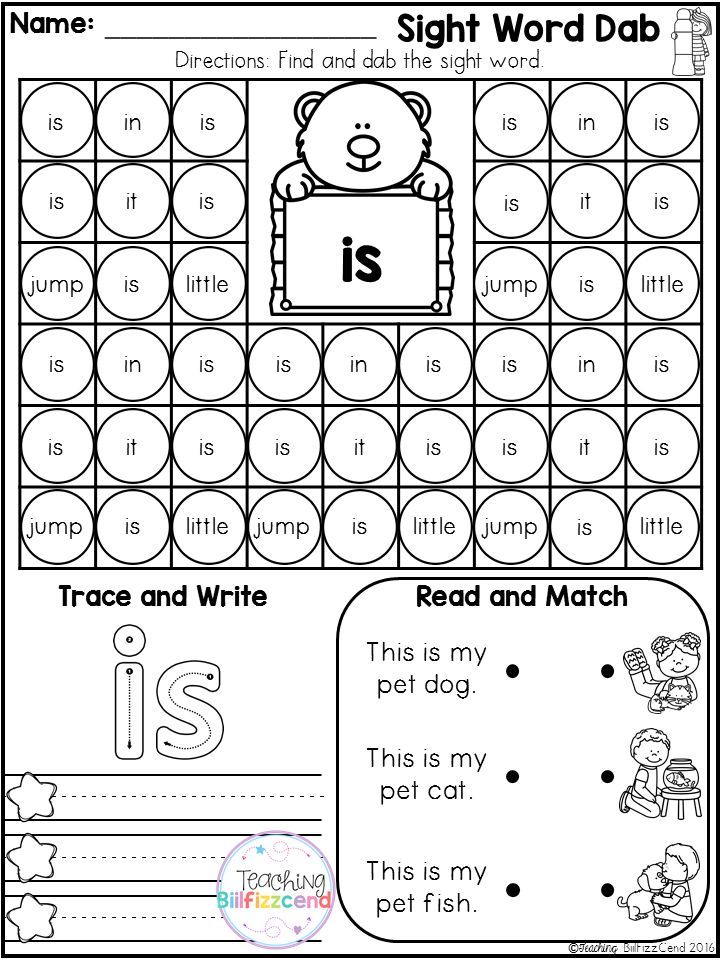 At its core, it contains a call for rationality in the entire course of our thinking. Our choice, even between unpleasant alternatives, will be more logical as a result of adopting methodical ways of thinking. Such ways of thinking contain the ability to distinguish what we know from what we don't know and from what we assume to be probable. This kind of thinking requires integrity.
At its core, it contains a call for rationality in the entire course of our thinking. Our choice, even between unpleasant alternatives, will be more logical as a result of adopting methodical ways of thinking. Such ways of thinking contain the ability to distinguish what we know from what we don't know and from what we assume to be probable. This kind of thinking requires integrity.
In Buddhism there is a notion that there are three poisons that cripple the mind: anger, attachment and ignorance [9] . We must be aware that strong emotions, such as anger, can distort our perception of what is true and what is false. Attachment to old, comfortable ideas that give us hope that the world is predictable can make us blind to emergencies. This is what allows us to be taken by surprise. Still, ignorance is the most destructive poison for the mind. And the goal of intellectual analysis is to eliminate this ignorance and develop our ability to make intelligent decisions so that we can make better choices in everyday life.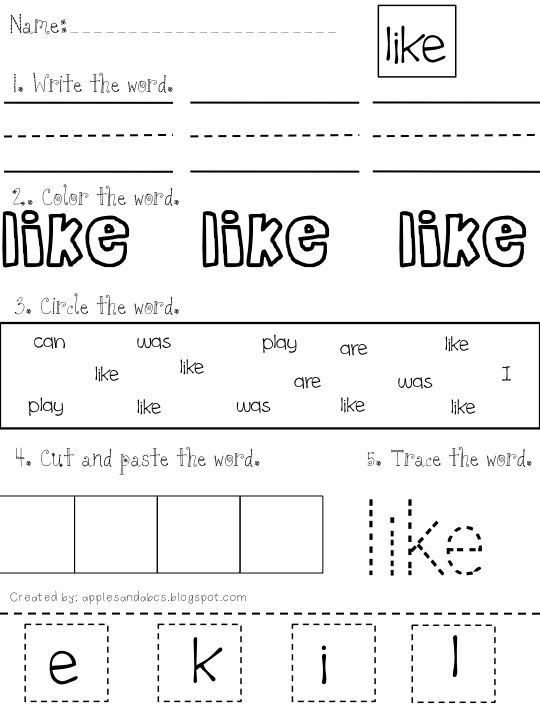
On that fateful day in March 1982, Margaret Thatcher immediately realized what the intelligence was telling her. She understood what the Argentine junta was planning and what the possible consequences of these plans for her as British Prime Minister. Her words demonstrated the ability to use this understanding: “I must contact President Reagan immediately. Only he can convince Galtieri [General Leopoldo Galtieri, leader of the junta] to stop this madness.” I was authorized to ensure that the latest intelligence from the Government Communications Center was passed on to the American authorities, including the presidential administration. The British government quickly prepared a personal message from Thatcher to Reagan, asking him to speak with Galtieri and obtain confirmation that he would not give permission for Argentine landings in the Falklands, let alone military action, and a warning that the UK would not turn a blind eye to such an invasion. . But the Argentine junta ignored Reagan's request for talks with Galtieri and did nothing about it until the invasion could no longer be cancelled.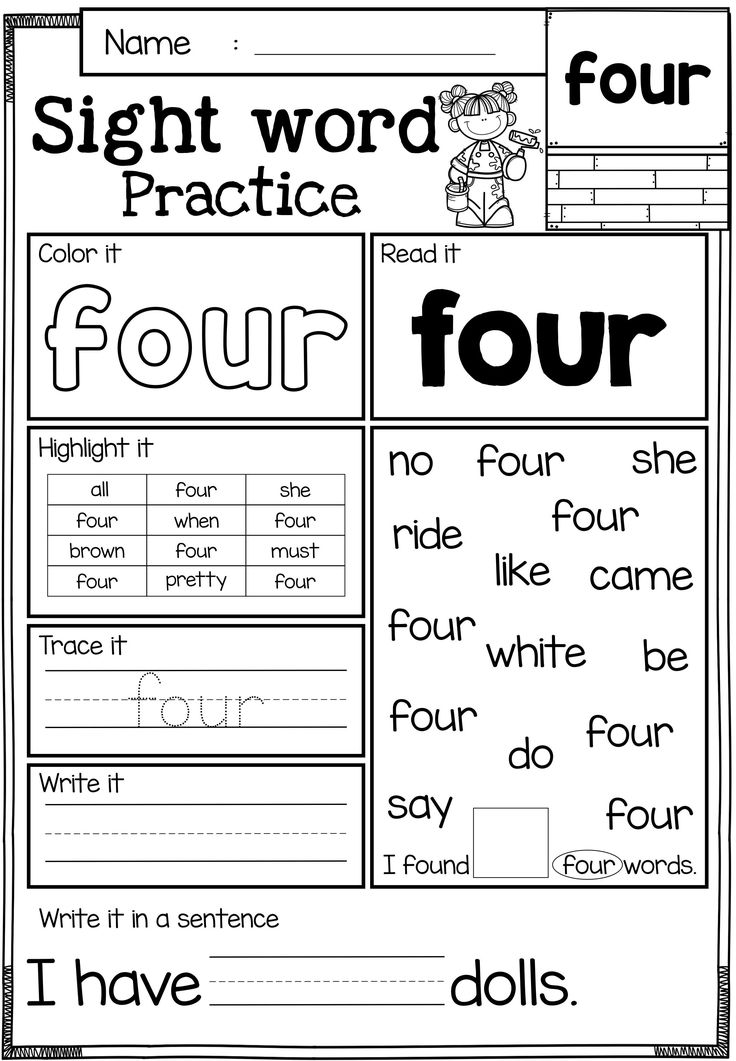
But the full-scale Argentine invasion and military occupation of the islands took place only two days later, on April 2, 1982. There was only a small detachment of the Royal Marines on the islands, and only the lightly armed ice reconnaissance ship Endurance operated in their area. Effective resistance to the enemy was impossible. The islands were too far away for naval reinforcements to arrive within two days, and the only airport did not have a runway capable of receiving long-range military transport aircraft.
We lacked adequate knowledge of the situation in terms of our intelligence's knowledge of the plans of the Argentine junta. We failed to understand the facts at our disposal, and therefore could not predict how events would develop. Moreover, over the years we have not been able to get strategic notice that such a situation could ever arise, and therefore we have not taken steps that could have prevented an Argentine invasion of the Falklands. These were failures at each of the four stages of the BOOV methodology.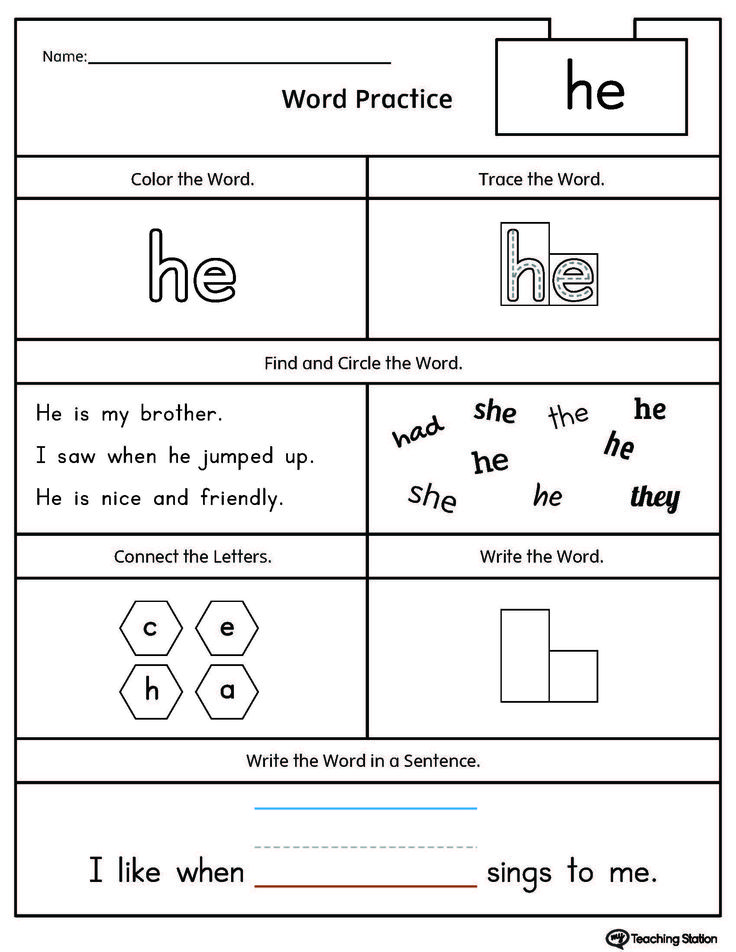
All lessons to be learned.
Structure of this book
The four chapters of the first part of this book are devoted to the above-mentioned BOIA methodology. Chapter 1 describes how we can take control of the situation and check our sources of information. Chapter 2 is about causation and the interpretation of a situation, and how a mathematical technique called Bayesian inference allows us to use new information to change the degree of confidence in our chosen hypothesis. Chapter 3 explains the process of generating estimates and forecasts. Chapter 4 describes the long-term benefit of strategic event notification.
There are lessons to be learned from these four stages of analysis:
1. 1 Jerome K. Jerome. Should we say what we think and think what we say? // Selected works in 2 volumes. - M .: GIHL, 1957. - T. 2.
2. 2 The history of these radio interceptions and the decision to set up a task force to recapture the Falklands is detailed in the official history of the Falklands Campaign by Sir Lawrence Freedman and in the memoirs of Sir John Knott and Admiral Sir Henry Leach, First Sea Lord of the time.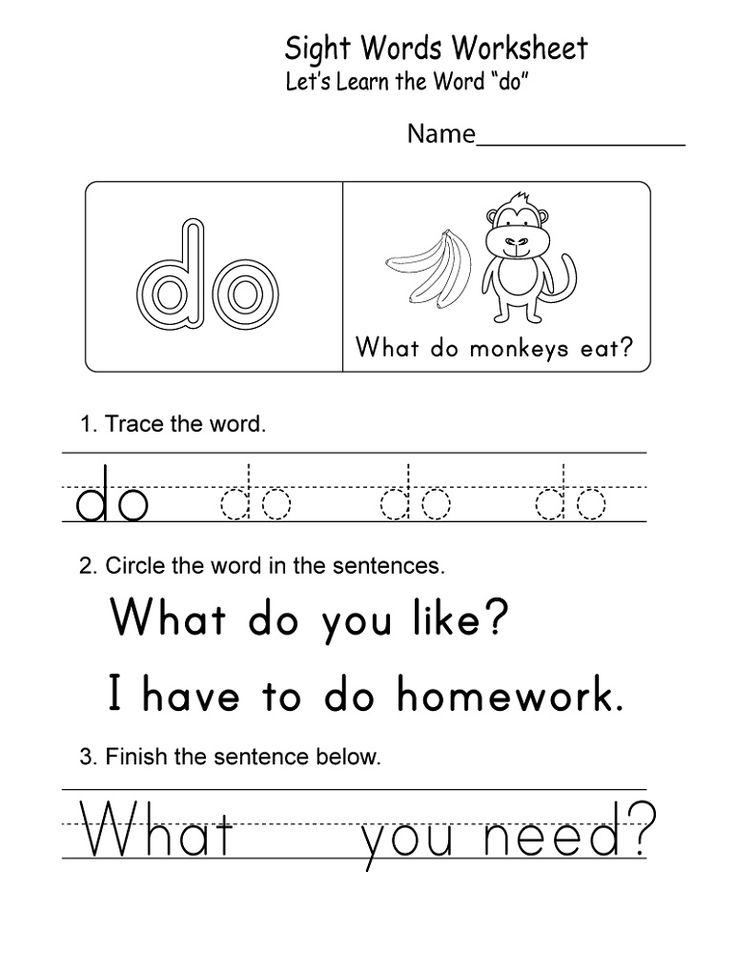 Lawrence Freedman. The Official History of the Falklands Campaign, vol. 1. London, Routledge, 2005, ch. 19. John Nott. Here Today, Gone Tomorrow. London, Politico, 2002. Henry Leach. Endure No Makeshifts. London, Pen and Ink Books, 1993.
Lawrence Freedman. The Official History of the Falklands Campaign, vol. 1. London, Routledge, 2005, ch. 19. John Nott. Here Today, Gone Tomorrow. London, Politico, 2002. Henry Leach. Endure No Makeshifts. London, Pen and Ink Books, 1993.
3. 3 One of the best summaries of the nature and use of classified intelligence is found in Chapter 1 of the Butler report on intelligence failures prior to the 2003 invasion of Iraq. This was written by Investigative Advisor, the late Peter Freeman, my former senior colleague at the UK Government Communications Centre. Robin Butler. Review of Intelligence on Weapons of Mass Destruction. London, HMSO, 2004, ch. 1
4.4 In the official language of the Joint Intelligence Committee, it is "the process of obtaining known information about situations and objects of strategic, operational or tactical significance and characterizing known and future actions in such situations."
5.5 The ethics of secret intelligence is the subject of a dialogue between political scientist Professor Mark Fithian and myself, as a former practitioner, in our book below.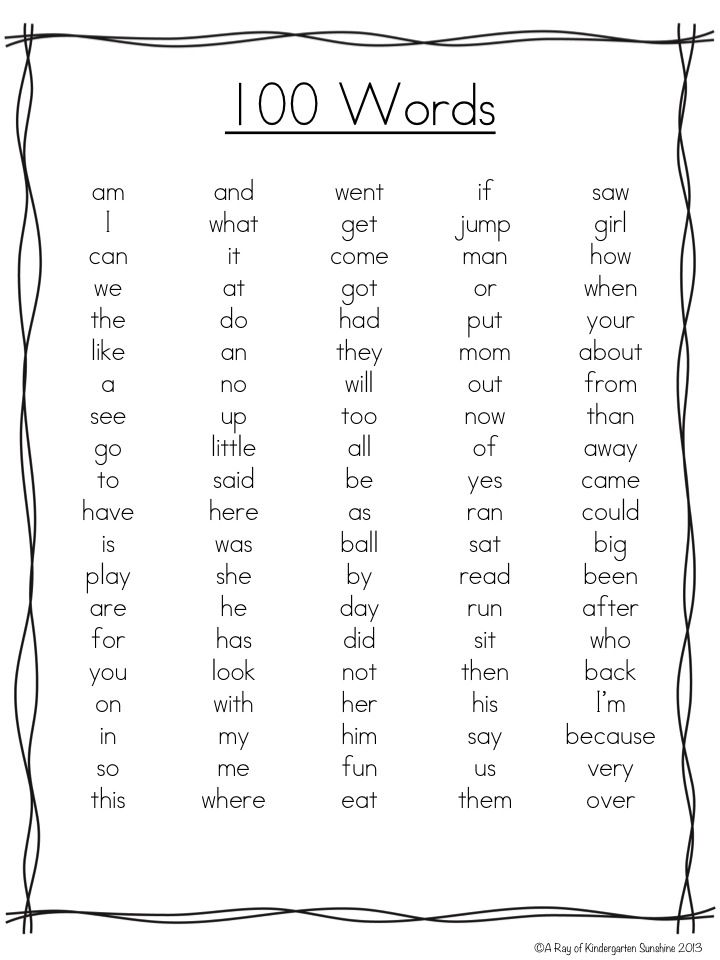 David Omand, Mark Phythian. Principled Spying. Oxford, Oxford University Press, 2018.
David Omand, Mark Phythian. Principled Spying. Oxford, Oxford University Press, 2018.
6.6 In psychology, a specific personality trait is studied, which characterizes the ability of a person to endure ignorance of important life circumstances without suffering and anxiety - tolerance for uncertainty. – Hereinafter, except for specially noted footnotes, approx. scientific ed.
7.7 I am using the term "negative capacity" here in the sense that the 20th-century British psychoanalyst Wilfred Bion coined Keats's term to illustrate the attitude of openness of mind and the ability to dwell in uncertainty, which he considered central not only to the psychoanalytic session, but also to in life itself. Diana Voller. "Negative Capability". Contemporary Psychotherapy, vol. 2, no. 2, 2010.
8.8 A description of the problems faced by British intelligence at that time can be found in the two books below. Richard Aldrich. GCHQ. London, Harper Press, 2010, ch. 24. John Ferris. Behind The Enigma. London, Bloomsbury, 2020.
London, Bloomsbury, 2020.
9.9 Ringu Tulku Rinpoche. Living without Fear and Anger. Oxford, Bodhicharya, 2005.
Mechanical sights. Types and features
Recently, people have often been arguing about the types of sights - which is better - a slot or an aperture, a large hole or a small one. And in the course of the dispute, it becomes clear that the opponents know the subject of discussion only by hearsay, or, at best, after a cursory acquaintance. The desire to clarify and systematically understand the issue was the motive for writing this text.
So, as a basis, I took the sights that are put on military weapons and its derivatives, I do not consider hunting models consciously.
Mechanical sights
Mechanical sights on weapons are structural elements, the combination of which forms a line of sight. These can be flat bars, slots and holes of various shapes as a rear sight (sight), as well as holes, threads, rods, needles, barrels as a front sight (front sight).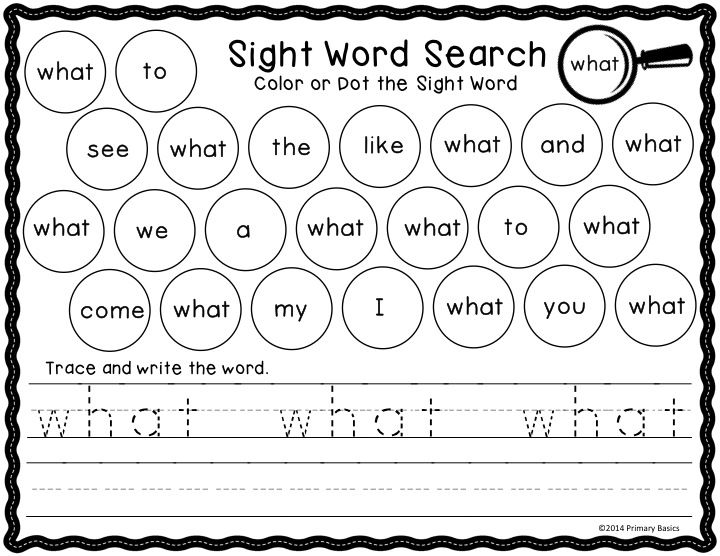
Two main types of sights for hand-held long-barreled small arms - open and closed (aperture or ring).
According to GOST 28653-2018 they should be called open and diopter, respectively.
An open sight is a rear sight with a rectangular/square/U-shaped slot, etc. (for example, a classic AK rear sight).
Diopter sight - rear sight with a round, square or diamond-shaped hole (sight M4 or AK12).
The results of shooting depend on the correct choice of type and the correct configuration of sighting devices.
I will try to state the advantages and disadvantages of these types of sights, based on my personal experience and, in part, compiled materials from the network, also passed through the filter of my experience. The experience at the moment is approximately the same - more than 60 thousand shots from weapons with an open sight and more than 85 thousand with a closed one.
In order not to make permanent references to terms and definitions further in the text, I will list them in advance and describe them.
Terms and definitions
Focus of an optical system is the point at which initially parallel beams intersect ("focus") after passing through the collecting system. In our case, if we see an object sharply, then it is at the distance at which our eye is focused, or "the object is in focus" .
Aperture stopper is an obstruction or frame of one of the lenses that restricts beams of rays emerging from points on the object located on the optical axis and passing through the optical system. In our case, this is a frame or an object with a hole, which is a closed rear sight.
Aperture is a value that characterizes the light transmission of an optical system. In our context, how much darker is the image when viewed through the scope and without it. Low aperture leads to a darkening of the field of view in the sight. Applies to closed sights only.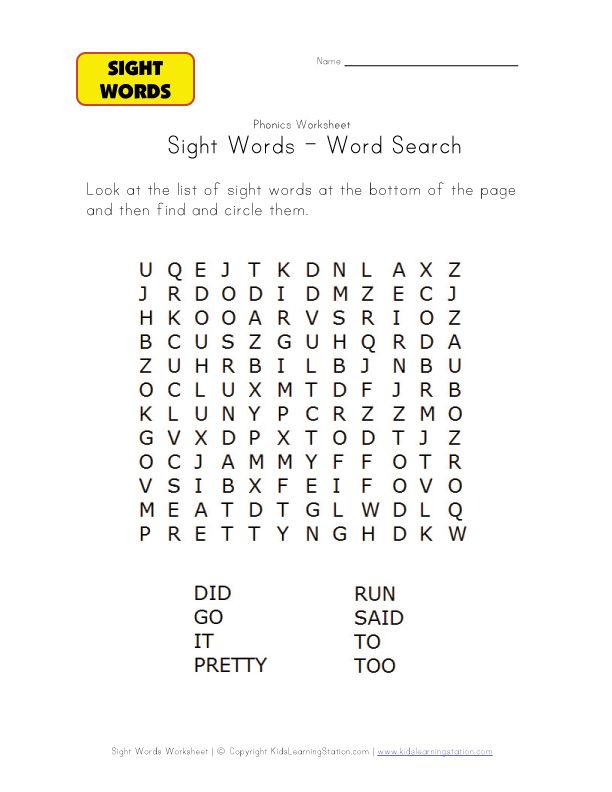
Parallax - change in the apparent position of the object relative to the distant background, depending on the position of the observer. For us, this will sound like the influence of the position of the front sight in the sight on the accuracy of the hit. The higher the parallax, the more the hits will shift with a slight movement of the front sight in the rear sight.
Diffraction is the phenomenon of light deflection from the rectilinear direction of propagation when passing near obstacles. This means that when diffraction occurs, the target pattern or part of it begins to blur.
Aberration - an error in the optical system, a violation of the focusing of light beams on the spherical surfaces of the lenses, caused by different degrees of refraction. In our case, blurring of observed objects, especially those that are out of focus. The less aberration, the clearer the picture.
Light irradiation - an apparent increase in the size of light figures on a black background.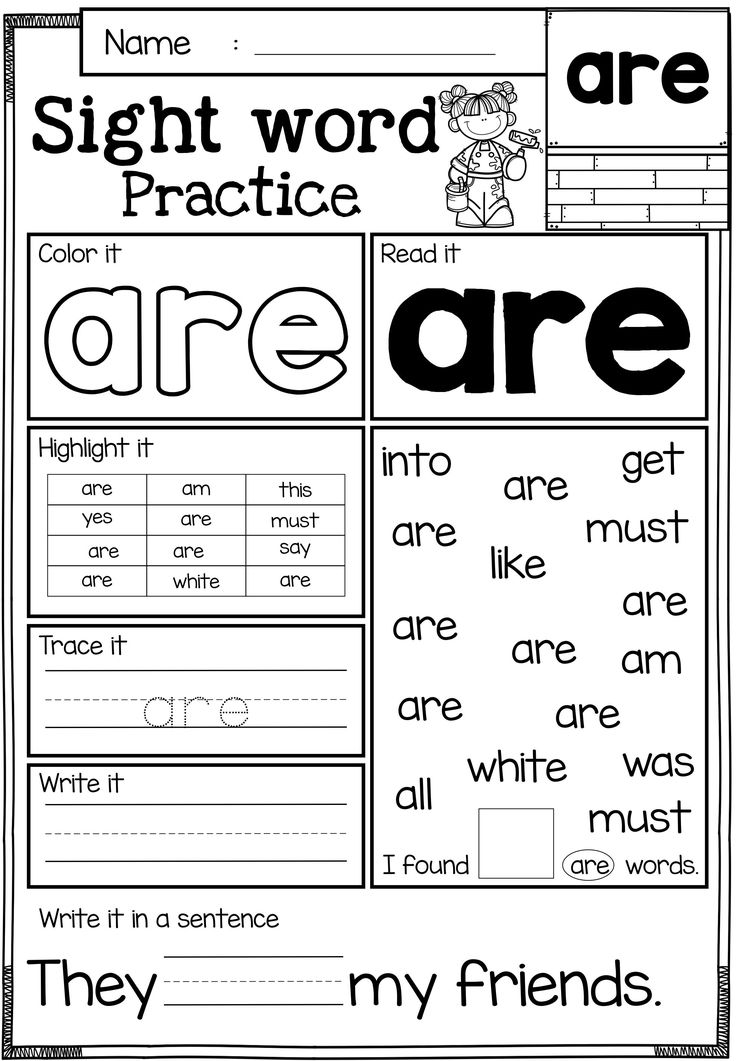 This means that a light figure on a black background seems more dark, with the same actual size. This effect is especially noticeable when there is a light background on one side of the front sight and the target, and a dark background on the other.
This means that a light figure on a black background seems more dark, with the same actual size. This effect is especially noticeable when there is a light background on one side of the front sight and the target, and a dark background on the other.
Depth of Field or Depth of Field (DOF) - the distance along the optical axis in space, within which objects are displayed subjectively sharp. The more depth of field - the more space is in focus, that is, it is seen sharply by us. You can increase the depth of field by aperture (reducing the aperture diameter) of the optical system, this will suppress the effect of aberration and make objects sharper. The simplest example. Extend your hand in front of you with your finger extended - this will be about half a meter from the eye. Focus on your finger. Everything that is further than it - one meter from the eye and beyond, will be blurry. But if you look at your finger through a 2mm aperture (for example, the aperture of a ring sight), objects behind it become much sharper.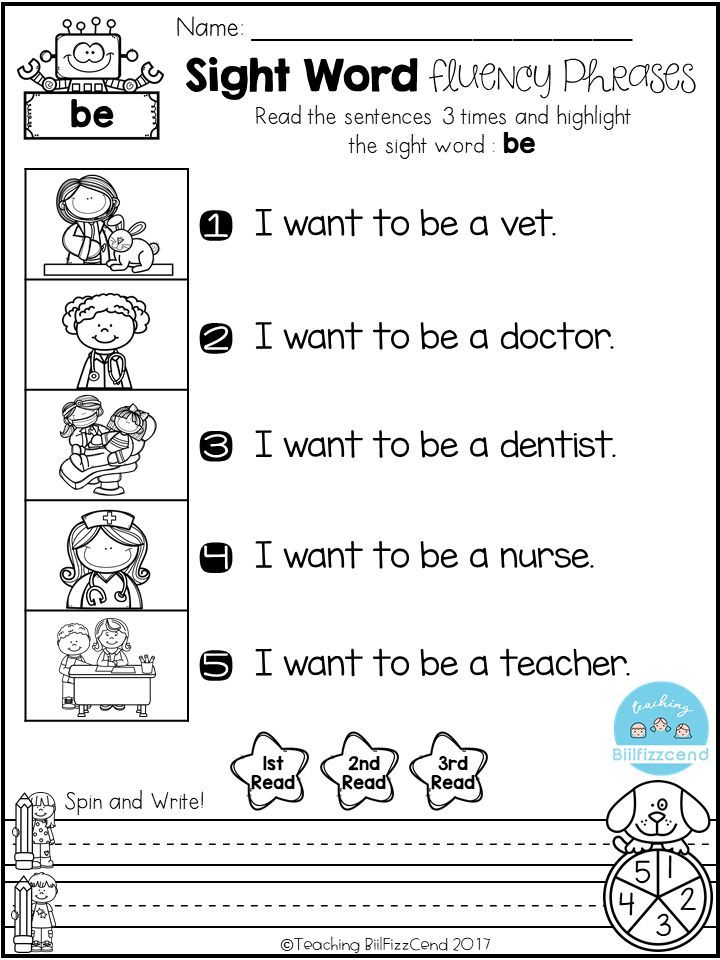 This effect works when the diaphragm diameter is smaller than the pupil diameter. The farther away the object in focus is, the greater the depth of field.
This effect works when the diaphragm diameter is smaller than the pupil diameter. The farther away the object in focus is, the greater the depth of field.
Accommodation - the ability of the eye to change the focal length due to muscle contraction and relaxation. That is, the ability to transfer focus to objects located at different distances.
Types of sights and their features
Open
The rear sight is at some distance from the eye so that the shape of the slot and the upper edge are as clear as possible, provided that the focus is NOT on the rear sight. On this type of sight, the correct sighting line is the alignment of the top plane of the front sight with the plane of the rear sight, and the location of the front sight in the slot so that the gaps between the front sight and the sides of the slot are the same. At this point, one of the worst enemies of correct aiming is light irradiation. Uneven illumination of parts of the target, as well as background elements that differ in brightness and color behind the target, negatively affect the correct perception of gaps on the sides of the front sight.
Uneven illumination of parts of the target, as well as background elements that differ in brightness and color behind the target, negatively affect the correct perception of gaps on the sides of the front sight.
This type of rear sight is not closed, therefore it does not have the properties to cut off part of the rays, and therefore does not affect the brightness of the perceived image or depth of field. The width of the rear sight slot affects the size between the side wall of the slot and the side of the front sight, allowing for more accurate positioning or faster catching of the fly in the slot. The wider the slot, the easier it is to find the fly faster, but the higher the error in its positioning. Already a slot - it is more difficult to quickly find the fly, but positioning is more accurate. By the way, the AK103 front sight, pressed close to one of the walls of the rear sight, leads the group to the side by 12-15 centimeters at 50 meters, and the front sight, pressed to the “bottom” of the slot, lowers the group by more than 50 centimeters at the same distance.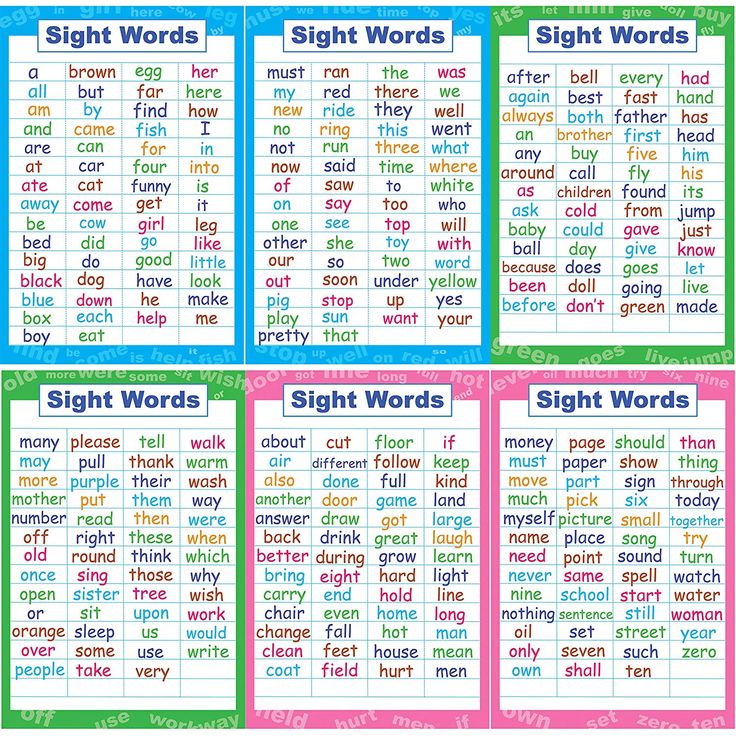 Plus, diffraction comes into play, which, with an excessively narrow slot, begins to make it poorly distinguishable, since the slot merges. The minimum size of the slot, when it is still clearly visible, is called optimal. It depends on many factors, the main of which in our case is the individual characteristics of the shooter's vision.
Plus, diffraction comes into play, which, with an excessively narrow slot, begins to make it poorly distinguishable, since the slot merges. The minimum size of the slot, when it is still clearly visible, is called optimal. It depends on many factors, the main of which in our case is the individual characteristics of the shooter's vision.
The next nuance of working with this type of sight, arising from the peculiarities or, rather, shortcomings of the structure of the optical system of the human eye, is the inability to simultaneously sharply observe objects at different distances. We simultaneously see clearly either the rear sight, or the front sight, or the target. Let me remind you that in classic bullet shooting, the focus is on the front sight, and the rear sight and the target are blurry. Everything is clear with everything, but what to do with the target if these are not ideal shooting range conditions, when the lighting is the same, the target is static and contrasting? Suddenly it merges with the background, moves, or is unevenly lit? Here you have to constantly shift focus (accommodate) from the front sight to the target, or sacrifice the sharpness of the front sight too.
The advantage of this type of sight is that there are no objects above the front sight that block the view. But there is also a drawback - the rear sight with the front sight hides everything that is under the target below the level of the top of the front sight. When transferring a weapon from target to target, the view is the same for both eyes, in the case of transfer to the side of the driven eye, the new target first enters its field of view.
The correct position of the weapon - the absence of a blockage - is subjectively assessed by the horizon of the upper face of the rear sight.
Closed ring (with small ring diameter - less than 3 mm)
The rear sight is at a minimum distance from the eye so that the width of the space observed through the hole is maximum, and the inherent capabilities of such an optical system are realized - increasing the depth of field. On this type of sight, the correct sighting line is the alignment of the upper plane of the front sight with the center of the rear sight ring, and the location of the front sight in the ring so that the gaps between the front sight and the walls of the ring are the same.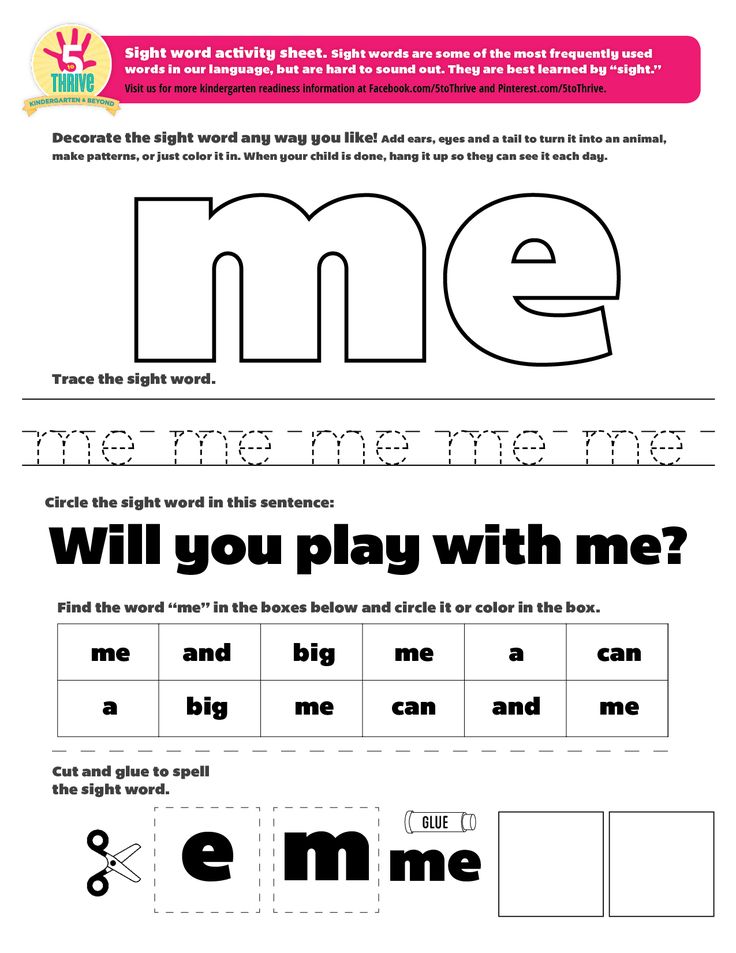 Thanks to the intuitive sense of symmetry of the eye, the front sight is placed in the center of the visible zone without any additional effort. Different illumination of the target parts, different brightness and background colors have little effect on the correct perception of the aiming image, since the visible area is quite large compared to an open sight.
Thanks to the intuitive sense of symmetry of the eye, the front sight is placed in the center of the visible zone without any additional effort. Different illumination of the target parts, different brightness and background colors have little effect on the correct perception of the aiming image, since the visible area is quite large compared to an open sight.
This type of rear sight is closed, therefore it has the properties to cut off part of the rays of transmitted light, which means it affects the brightness of the perceived image. Thus, a small diameter aperture does not allow the use of this type of sight at dusk and at night. Rear sight aperture diameter affects speed and accuracy. Larger aperture diameter - faster target image formation, but lower accuracy. Smaller diameter - slower formation of the sighting image, but the accuracy is higher. Due to the effect of parallax suppression on this type of sight, the error when aiming is negligible. What does this mean in practice? As long as the diaphragm diameter is smaller than the pupil diameter, even the imperfect location of the front sight in the center of the ring almost does not lead to the STP - the parallax effect is almost completely suppressed. It begins to be observed only when the axis of the eye is shifted further than the edge of the diaphragm - but even in this case, the withdrawal of the STP is not catastrophic.
It begins to be observed only when the axis of the eye is shifted further than the edge of the diaphragm - but even in this case, the withdrawal of the STP is not catastrophic.
For comparison, the AK12 front sight, pressed close to the wall of the standard ring, leads the group in the corresponding direction by 6-8 centimeters at 50 meters, regardless of direction. I note that increasing the pupil diameter while maintaining the aperture diameter of the sight increases parallax suppression even more. That is, on an enlarged pupil, you can shift the sight even more, but this will not lead to additional withdrawal of the STP. It is this effect that is used on rifles for biathlon and bullet shooting - a large “pancake” is installed on the rear sight, which reduces the illumination of the eye, due to which the pupil expands. By the way, in terms of parallax suppression, diopter sights are better than some collimator and holographic sights.
To put it simply, in a small diameter ring sight, there is no need to focus on the ideal location of the front sight in the ring.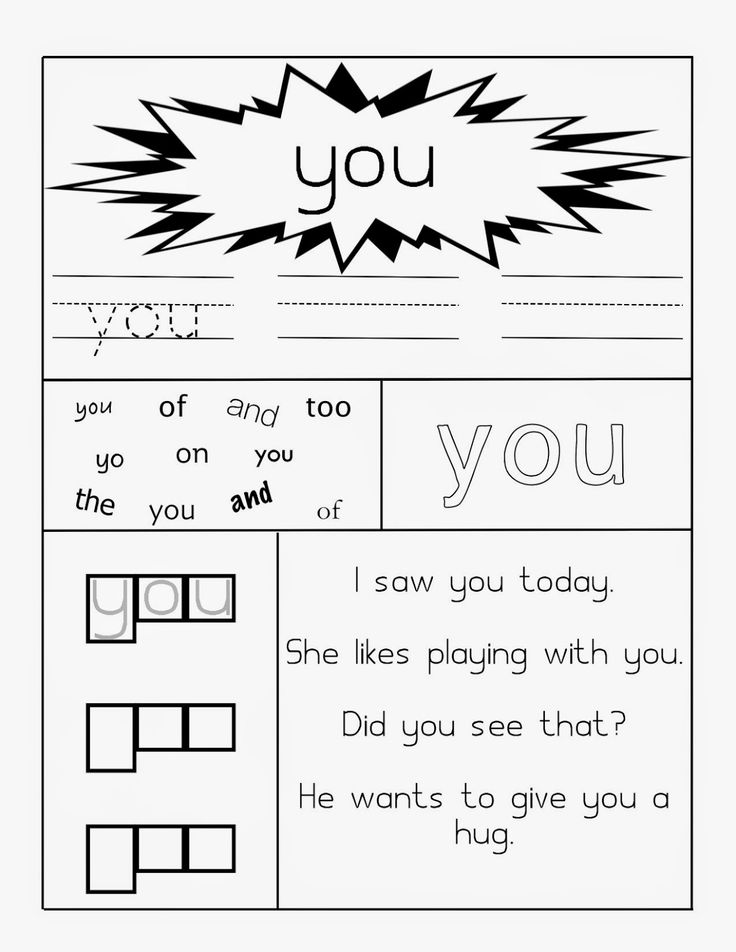 It is better to spend this time on the exact location of the front sight on the target.
It is better to spend this time on the exact location of the front sight on the target.
The next feature is aperture. The smaller the ring, the darker the image. The difference in the brightness of the picture through the sight and without it becomes indistinguishable when the pupil diameter is equal to or less than the diameter of the aperture of the sight.
The third is diffraction, which, with a very small ring diameter, begins to “blur” the picture. The periphery is especially “blurred” due to the phenomenon of aberration. The size of the diaphragm, when the phenomenon of diffraction is not yet so obvious, is called optimal. It depends on many factors, the main of which in our case is the individual characteristics of the shooter's vision.
Then there are the advantages of working with this type of sight, arising from the features of optical systems. When diaphragming (that is, reducing the diameter of the ring), the depth of field increases, which means that it becomes possible to simultaneously subjectively sharply observe objects at different distances.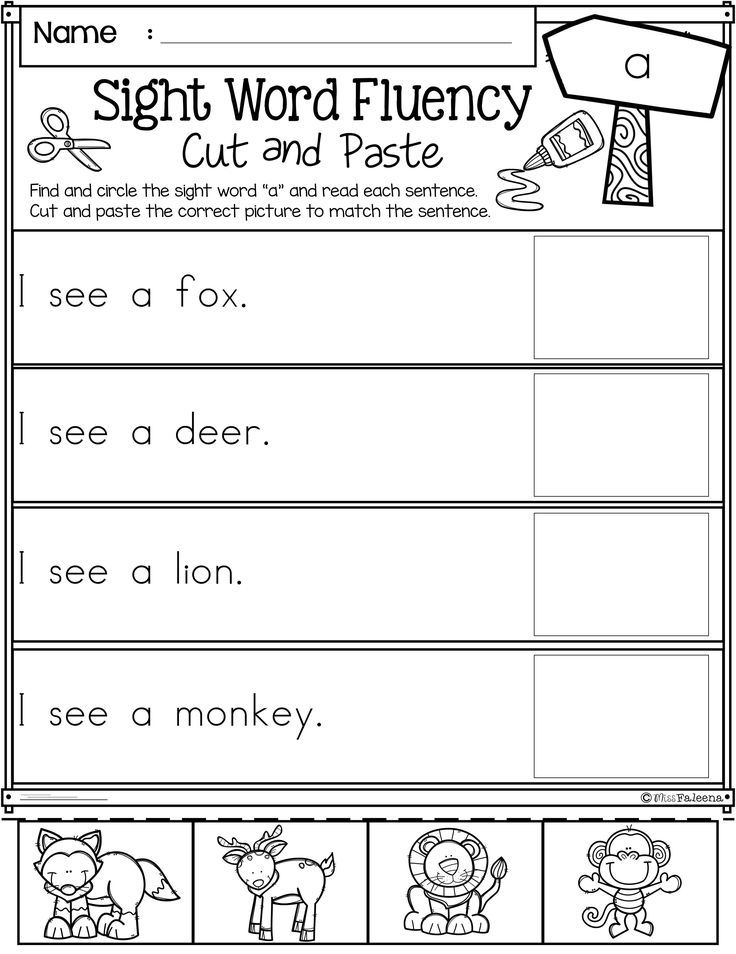
For example. With a diaphragm diameter of 2.0 mm, taking into account my far from ideal vision, observing a target at a distance of 200 meters, I quite clearly see the space at + -100 meters along the depth of the aiming line. With this type of sight, it is easier to deviate from the basic principles of aiming bullet fire if the shooting is not carried out in ideal shooting range conditions. I focus at a distance a little further than the front sight, about 0.5-1.5 meters. And the space visible in the sight has increased sharpness. By cutting off part of the beams, aberration in the eye is suppressed, and the image observed in the sight becomes sharper than outside the sight. This quality is especially valuable when it is necessary to control several targets, or work with non-contrasting targets. An increase in depth of field reduces the amount of accommodation, which less tires the muscles of the eyes.
At the same time, it is necessary to understand exactly that an increase in the length of the aiming line, which occurs when using a closed sight, with a constant position of the front sight, is a necessary condition for increasing the depth of field.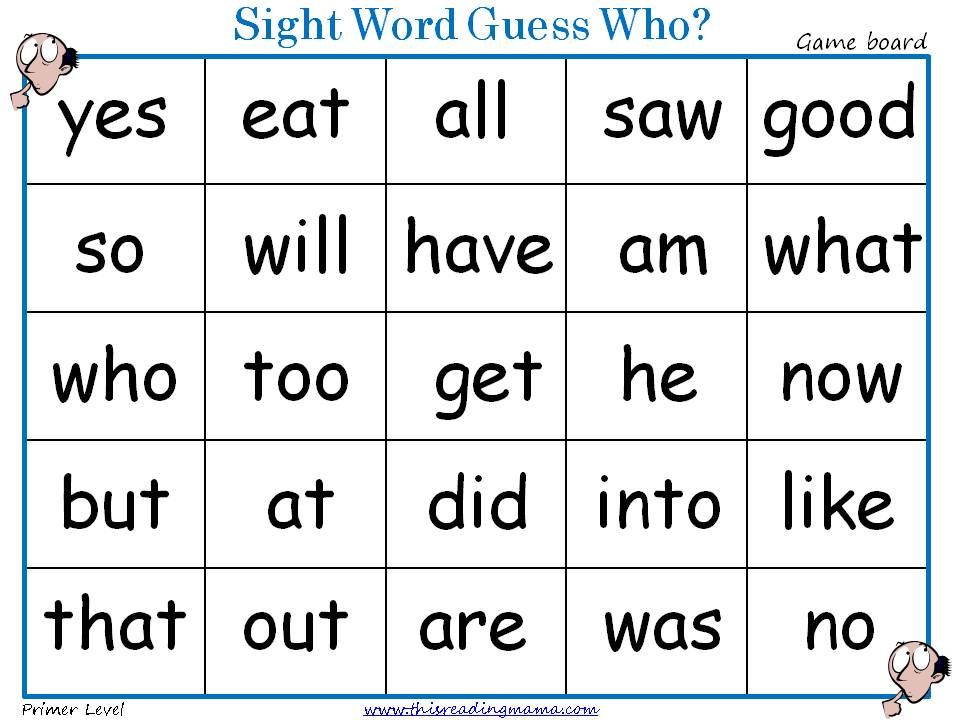 The shorter the aiming line, the less depth of field. The farther the sight ring is from the eye, the less depth of field. The optimal distance is 4-8 cm - a common mistake is to put the ring rear sight at a distance from the eye. This, by the way, is one of the reasons why I always prefer to shoot with the shortest stock length possible for the situation.
The shorter the aiming line, the less depth of field. The farther the sight ring is from the eye, the less depth of field. The optimal distance is 4-8 cm - a common mistake is to put the ring rear sight at a distance from the eye. This, by the way, is one of the reasons why I always prefer to shoot with the shortest stock length possible for the situation.
A slight disadvantage of this type of sight is that above the front sight there is a part of the rear sight ring that obscures the view. But, given the size of the zone visible in the ring, this problem is rather far-fetched. But there is an advantage, in contrast to the open one - there is a visible space below the top of the front sight.
One of the main drawbacks and a trap for inexperienced shooters is that on sights with a small aperture diameter, when the weapon is quickly transferred from target to target at close range, the view for the leading and driven eyes is different. At the same time, the brain unconsciously begins to switch visual channels from which it receives information.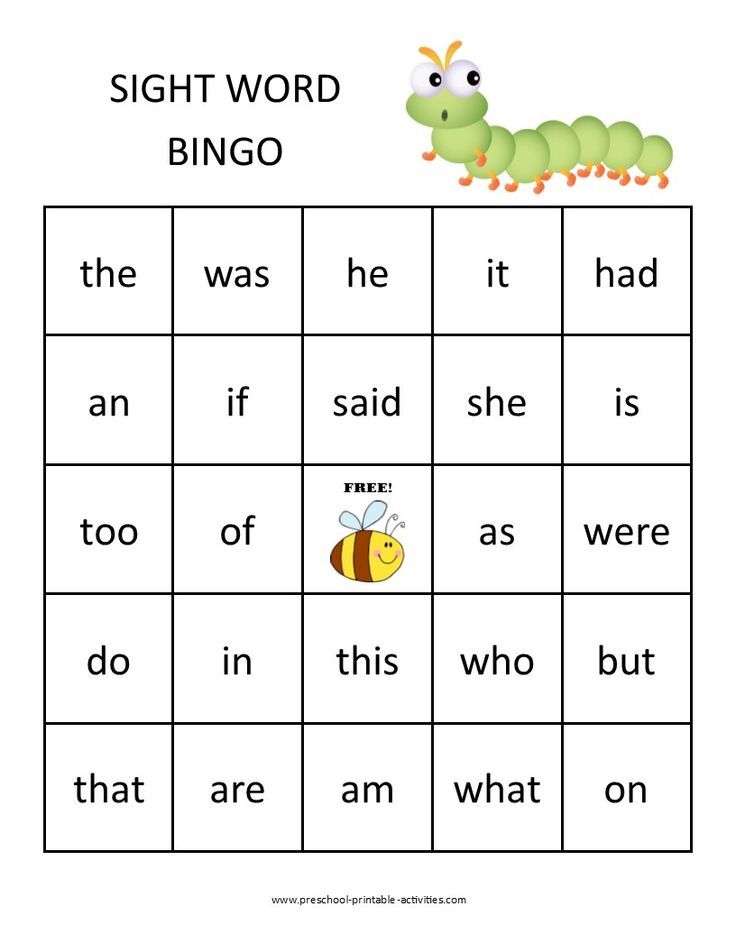 And the leading eye becomes the driven one, which leads to an incorrect assessment of the aiming picture and incorrect aiming of the weapon. But I repeat, this effect is typical only for small diaphragm diameters - 2.2 mm or less, in conditions of high-speed transfer at close range up to 50 meters, only for small targets, and the lack of proper skill.
And the leading eye becomes the driven one, which leads to an incorrect assessment of the aiming picture and incorrect aiming of the weapon. But I repeat, this effect is typical only for small diaphragm diameters - 2.2 mm or less, in conditions of high-speed transfer at close range up to 50 meters, only for small targets, and the lack of proper skill.
And another typical mistake for beginners is an attempt to aim not with a fly, but with protective "horns", i.e. the shooter starts aligning the ring or "forks" of the front sight guard in the ring of the rear sight - this is an incorrect technique. This method can be used in ghost-ring scopes and when shooting at very close ranges. Getting used to it is quite easy - you need to remember that the protection of the front sight is just the protection of the front sight, and not part of the aiming system.
The correct position of the weapon - the absence of a blockage - is evaluated by the vertical front sight.
Closed annular Ghost-ring (with large ring diameter - 3-5 mm)
The rear sight is at a minimum distance from the eye in order to realize the effect of the Ghost-ring (Ghost-ring) - a thin circle shadow in front of the leading eye, on which the front sight is centered. On this type of sight, the correct aiming picture is focus on the target and a defocused front sight, which is intuitively centered in the ring. Thanks to the sense of symmetry of the eye, the front sight is placed in the center of the visible zone without any additional effort. Uneven illumination of parts of the target, as well as elements of the background behind the target that differ in brightness and color, have little effect on correct perception, since the visible zone is very large compared to an open sight.
On this type of sight, the correct aiming picture is focus on the target and a defocused front sight, which is intuitively centered in the ring. Thanks to the sense of symmetry of the eye, the front sight is placed in the center of the visible zone without any additional effort. Uneven illumination of parts of the target, as well as elements of the background behind the target that differ in brightness and color, have little effect on correct perception, since the visible zone is very large compared to an open sight.
The advantages of working with this type of sight include the speed of forming an aiming image, the speed of transfer and the convenience of working on moving targets. Given the short range operation, there is no need to keep focus on or close to the front sight - you can fully control and keep the target in focus.
This type of rear sight is closed, but due to the size of the hole it does not affect the brightness of the perceived image during daylight hours - the pupil of the eye will be exactly smaller than the aperture diameter.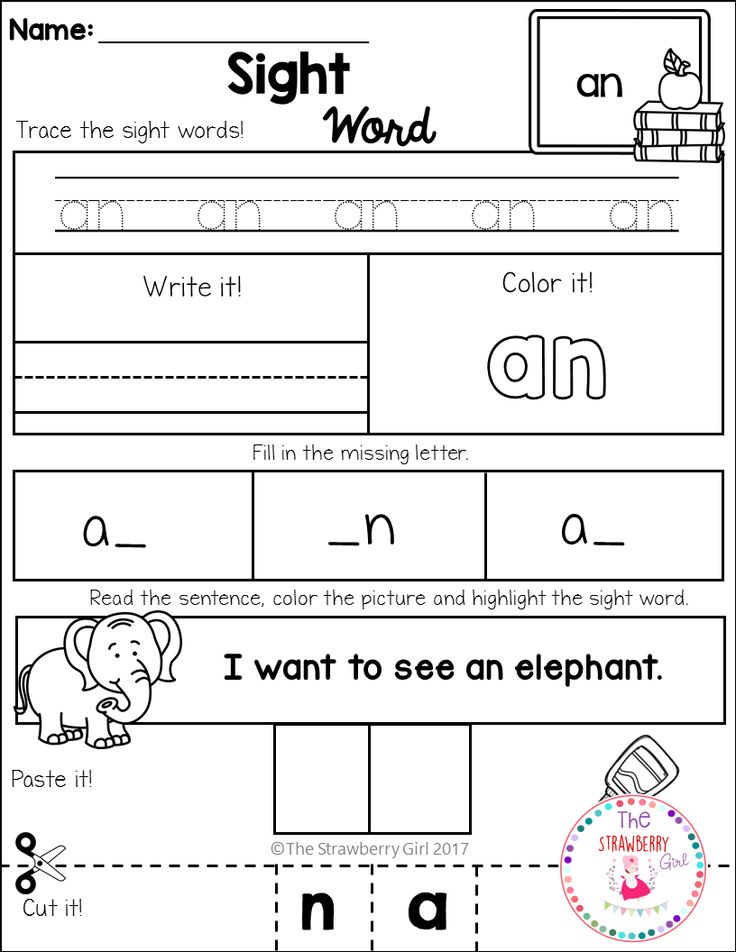 But, this also reduces the effect of parallax suppression - and the errors will become larger, and there is no effect of increasing the depth of field. For comparison, a front sight pressed close to the wall of a ring with a diameter of 4.5 mm leads the group in the corresponding direction by 20 centimeters at 50 meters, regardless of direction. Thus, it becomes extremely problematic to conduct guaranteed accurate fire at a target the size of a target 4 further than 100 meters. But the size of the hole allows the use of this type of sight at dusk and even on a moonlit night, and it is in such conditions that the pupil of the eye expands to 8 mm, which means it becomes larger than the aperture diameter - and the depth of field increases again and parallax is suppressed. Of course, provided that the target is visible.
But, this also reduces the effect of parallax suppression - and the errors will become larger, and there is no effect of increasing the depth of field. For comparison, a front sight pressed close to the wall of a ring with a diameter of 4.5 mm leads the group in the corresponding direction by 20 centimeters at 50 meters, regardless of direction. Thus, it becomes extremely problematic to conduct guaranteed accurate fire at a target the size of a target 4 further than 100 meters. But the size of the hole allows the use of this type of sight at dusk and even on a moonlit night, and it is in such conditions that the pupil of the eye expands to 8 mm, which means it becomes larger than the aperture diameter - and the depth of field increases again and parallax is suppressed. Of course, provided that the target is visible.
Another disadvantage of this type of sight is that it is difficult to use it on brightly lit targets with a front sight of standard thickness, it begins to get lost due to illumination - if this type of sight is the main one, it is definitely worth trying to put a thicker front sight.
The correctness of the position of the weapon - the absence of blockage - is evaluated by the vertical of the front sight, but at short distances this does not have any significant effect on accuracy.
Fire process
If we simplify the process of producing an aimed shot with the help of mechanical sights as much as possible, then we can describe it in the following steps:
1. Bringing the weapon to the aiming line
2. Alignment of the aiming line with the visual axis of the eye
3. Aligning the aiming image with the required aiming point (TA)
4. Processing the descent with the control of maintaining the correctness of the aiming image and its alignment with the dot on the target before the shot is fired.
5. Hit control / aiming image alignment for re-shot / weapon transfer with target search.
Now let's go through the types of sights with a description of the process of working with them in this sequence of actions.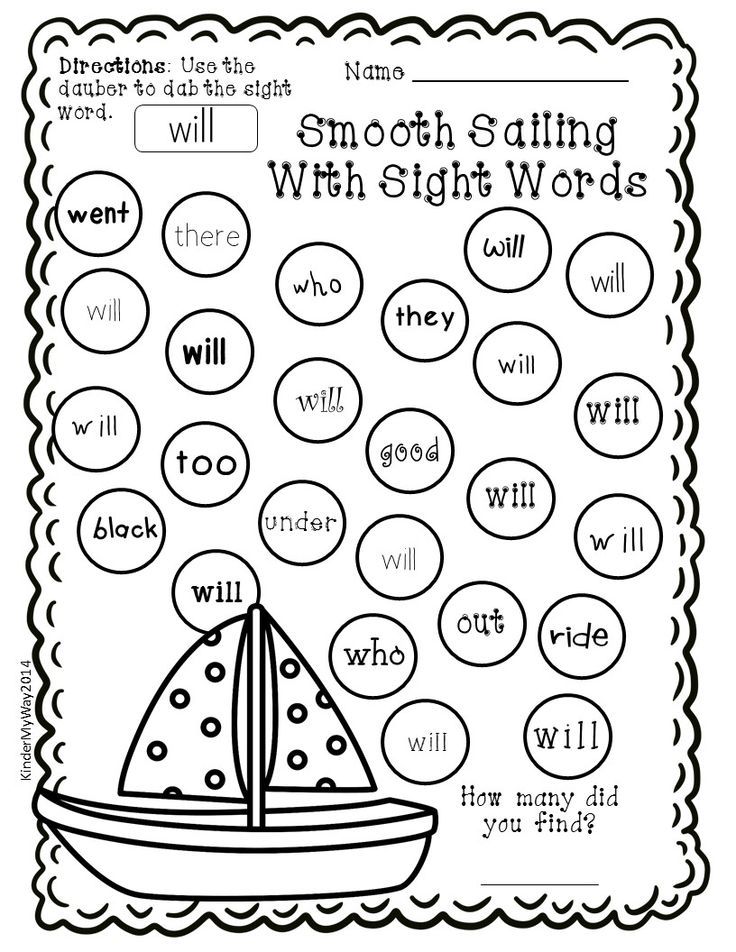
Open
Since the rear sight is at some distance from the eye, especially if lateral corrections are introduced by moving the rear sight, it may take some time after step 1 to find the correct position of the head for the front sight to fall into the slot (step 2 ). After that, the weapon is aimed at the target by aligning the aiming picture with the required aiming point on the target (step 3 ). At this stage, the correct aiming is greatly influenced by the glare and illumination of the sides of the front sight and the upper edge of the rear sight and front sight, as well as the background, its uniformity and the contrast of the target against the background - light irradiation works against us. During the 4 stage, it is necessary to constantly monitor not only the position of the front sight on the target, but also the position of the front sight in the rear sight slot. Further, if it is necessary to control the hit of stage 5 it is necessary to focus on the target, control the hit, and decide on the transfer of fire, or again focus on the front sight and finish off.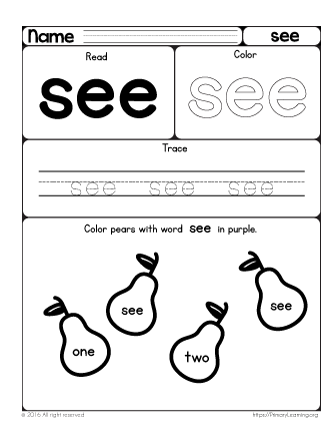
Closed - both types
Since the rear sight is as close as possible to the eye, then at stage 1 the eye, with proper skill, instantly finds the rear sight hole itself. And during the second stage, he also intuitively positions the fly in the center of the ring. At the same time, it makes little sense to control its position in order to ideally position itself in the ring, if we are not talking about sniper shooting. During stage 3 The focus is on aiming the front sight at the target, there is no need to additionally control the position of the rear sight. During step 4 all control over the position of the front sight in the right place on the target, and not the rear sight and the target. If after step 4 it becomes necessary to control the hit (step 5 ), then the target is usually in the focus zone due to the increase in depth of field - and there is no need for additional accommodation.
It is logical that a high level of aiming skill allows minimizing the difference in time between the formation of an aiming image and the search for a target, as well as the transfer of fire.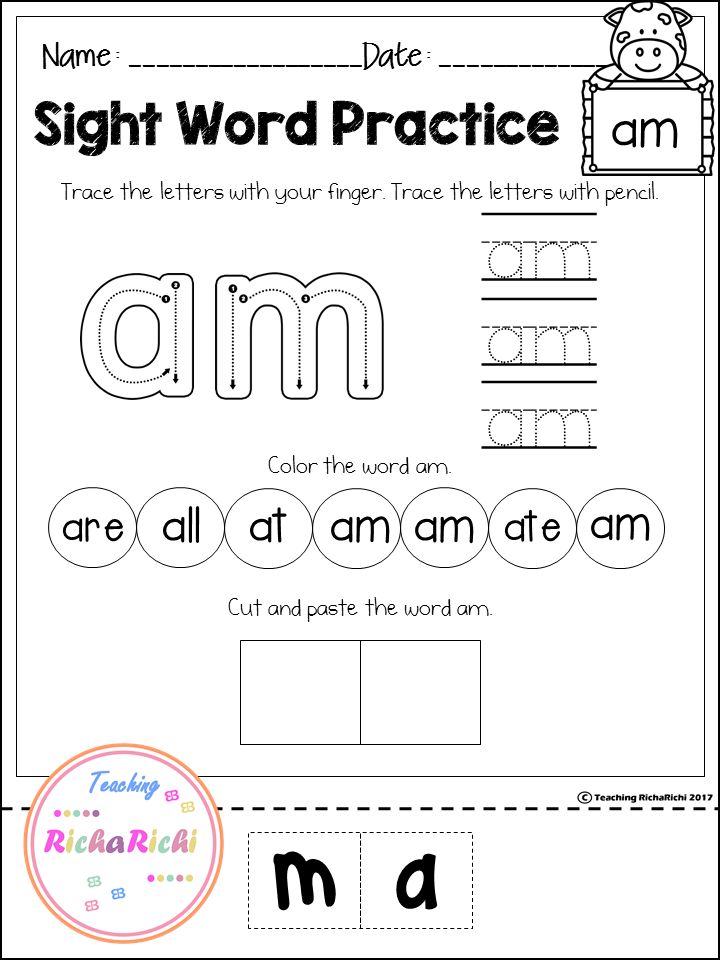 But the skill cannot compensate for the increase in depth of field, just as it cannot allow you to see the front sight in an open rear sight in deep twilight.
But the skill cannot compensate for the increase in depth of field, just as it cannot allow you to see the front sight in an open rear sight in deep twilight.
Output
Open sight
Advantages:
-
simplicity of design and manufacturing technology
-
the ability to install on almost any weapon in the center of the structure
-
no master-slave eye switching effect
-
no effect on the illumination of the aiming image
Flaws:
-
parallax
-
the need for constant emphasis on front sight control in the rear sight
-
phenomenon of light irradiation
-
the need to refocus from the front sight to the target to control the hit
Closed sight
Advantages:
-
parallax suppression
-
no need for perfect alignment of the front sight in the rear sight ring
-
increase in depth of field
-
almost complete absence of the phenomenon of light irradiation
-
the ability to detect small details (reconnaissance) in the sighting image by increasing sharpness and depth of field
Flaws:
-
complexity of design and manufacturing technology
-
installation as close to the eye as possible is not possible on every weapon
-
master-slave eye switching effect at small ring diameters and short distances
-
influence on the illumination of the aiming image - small aperture at a small aperture
There are misconceptions that ring sights are more prone to failure due to dirt/snow/water ingress.